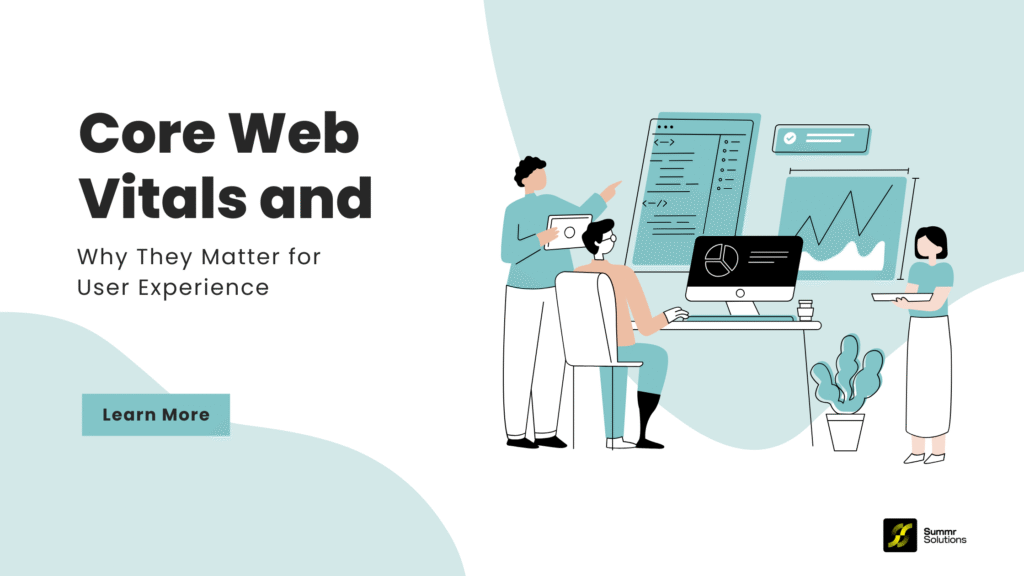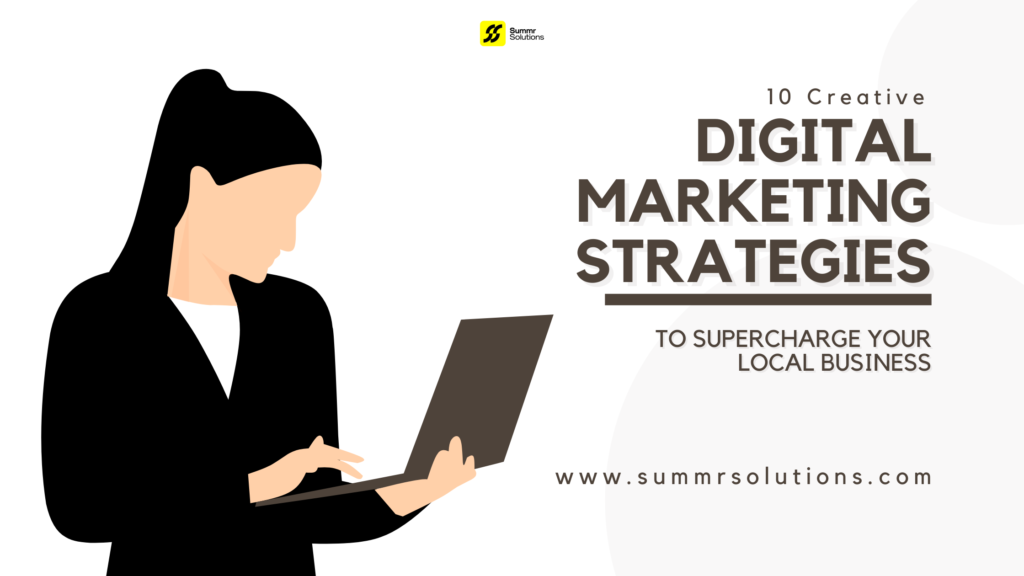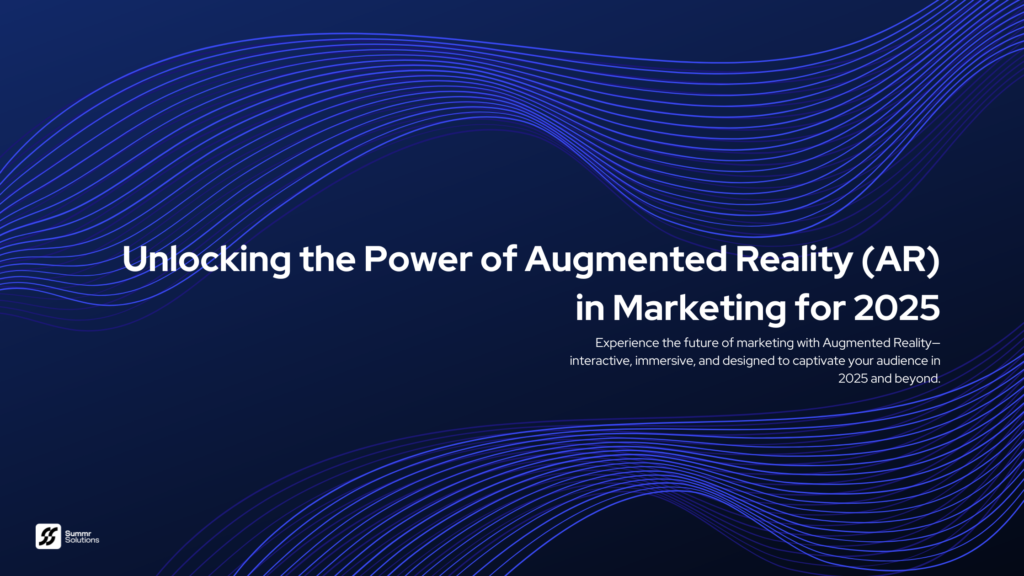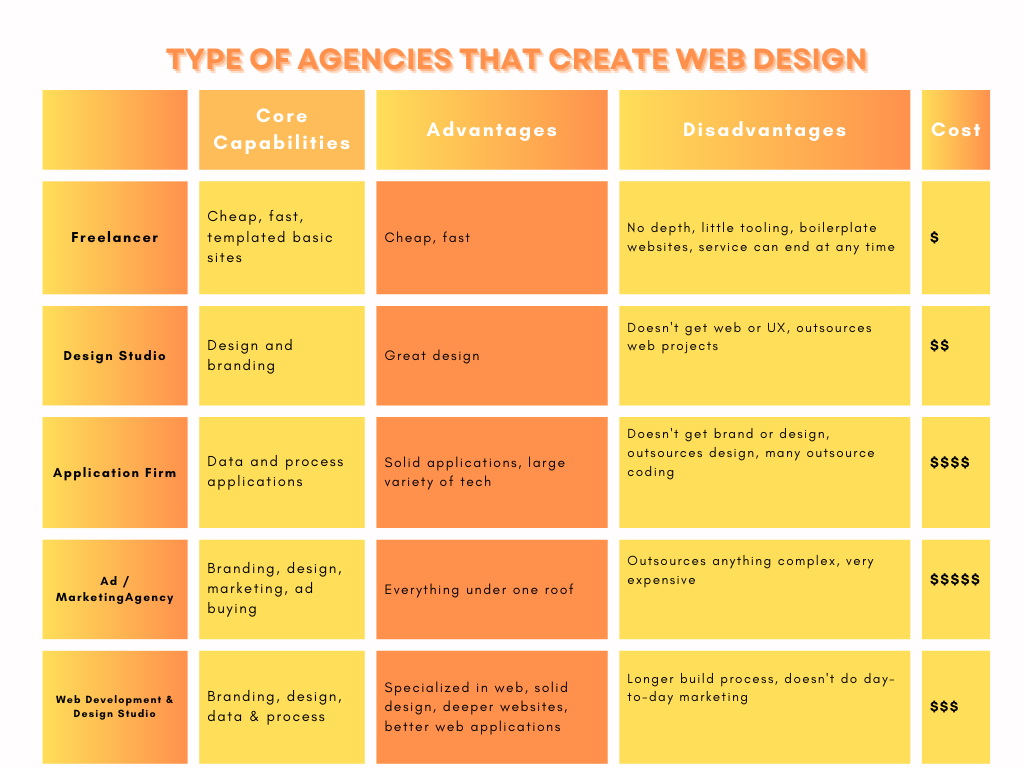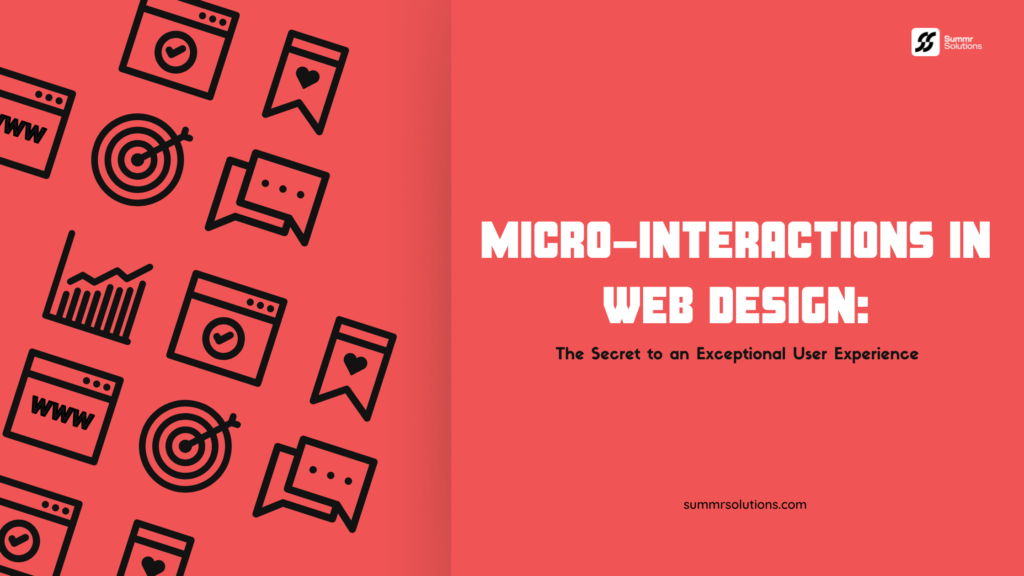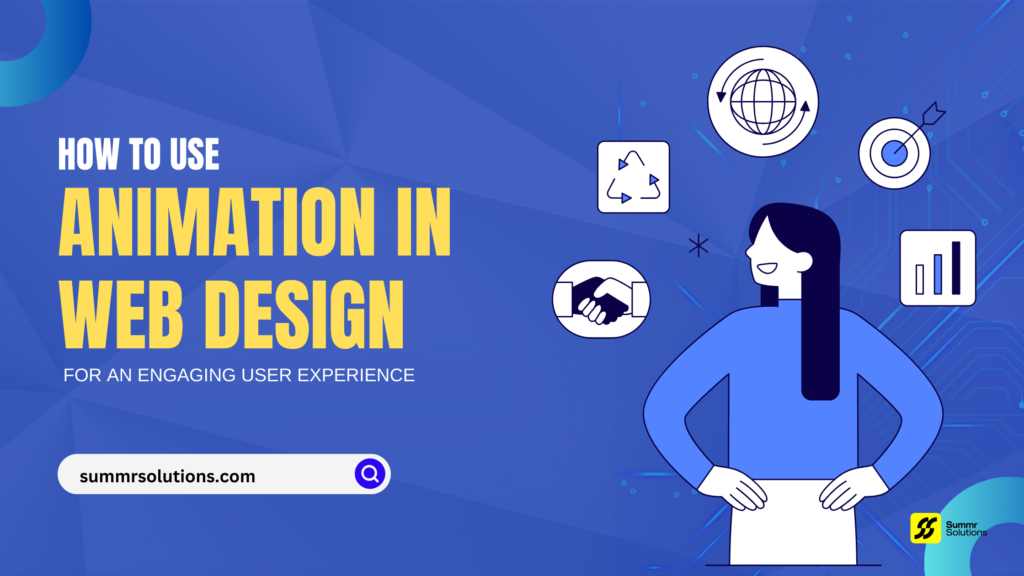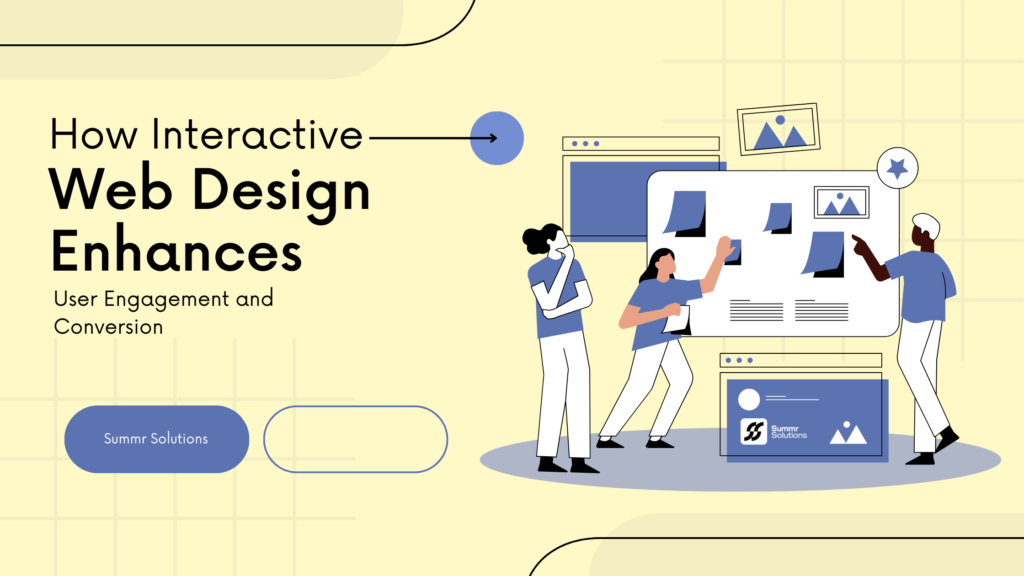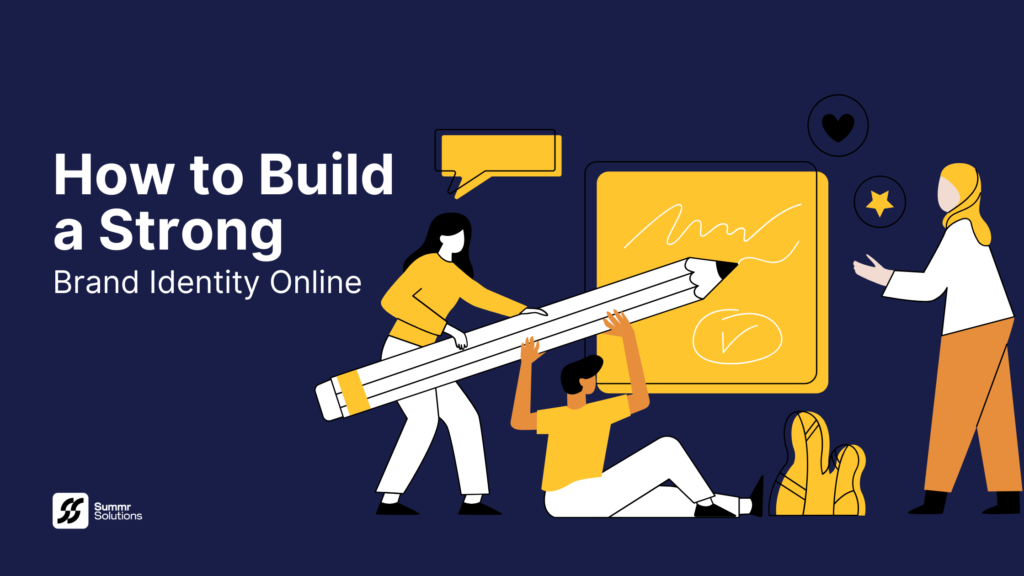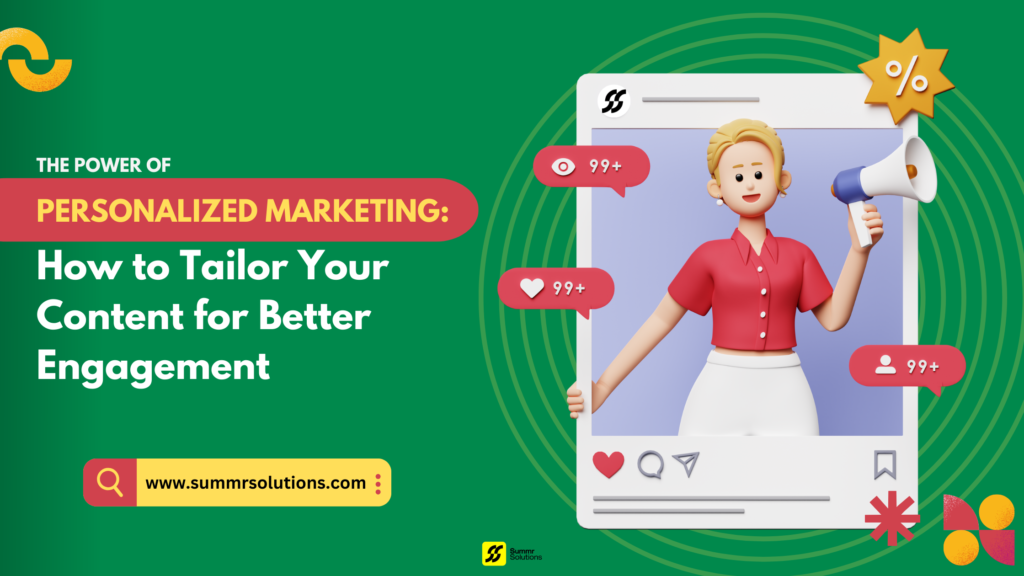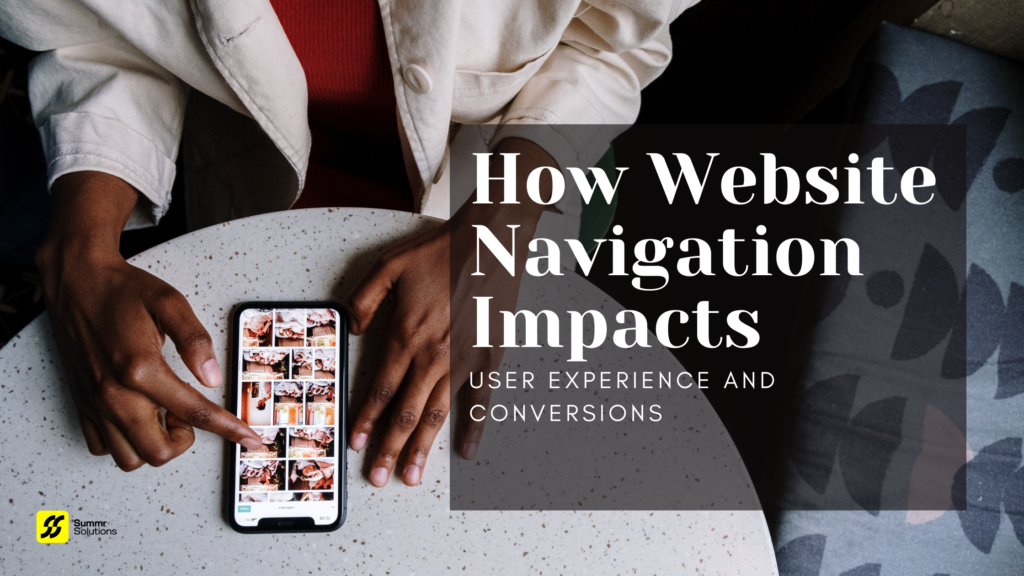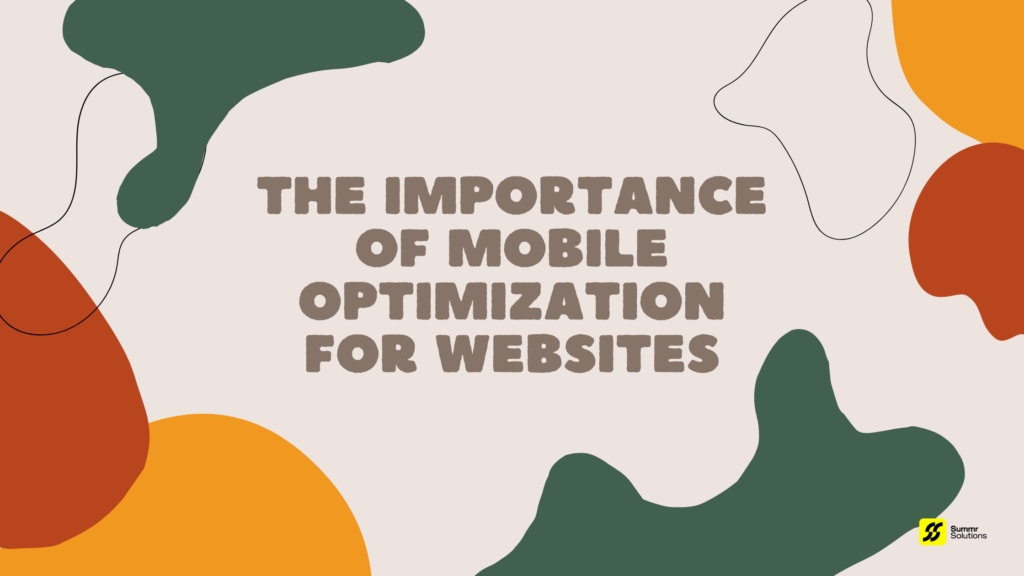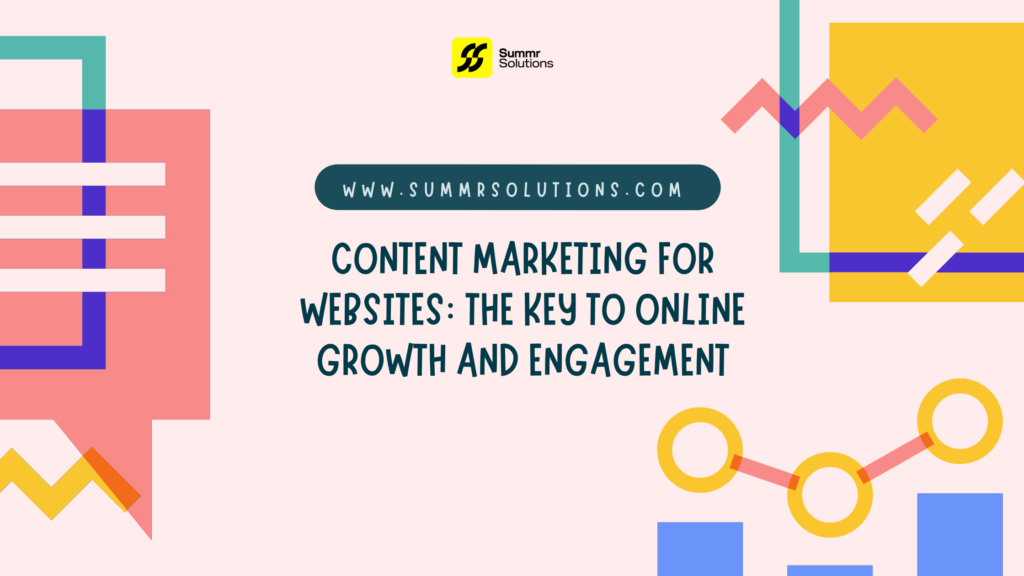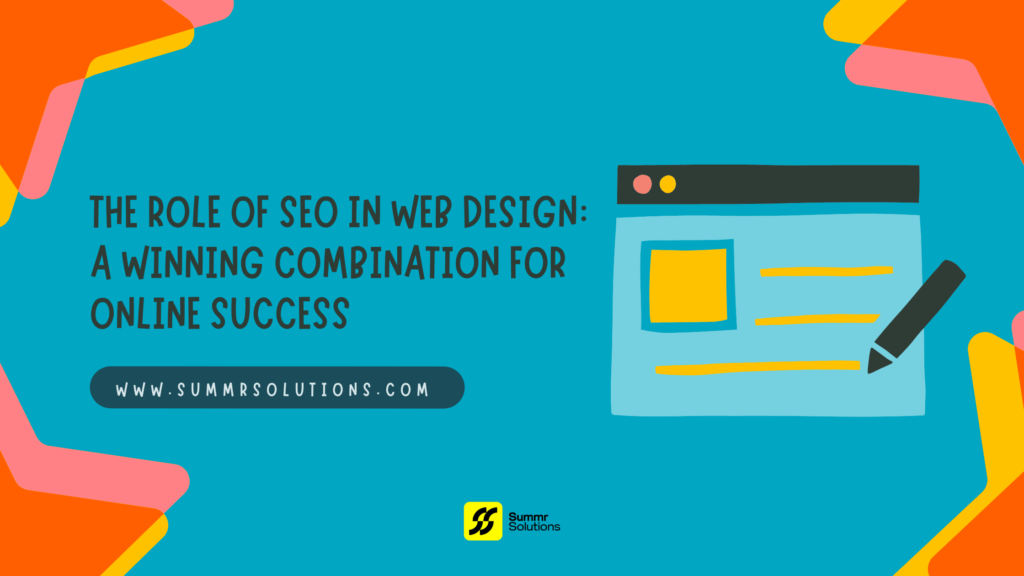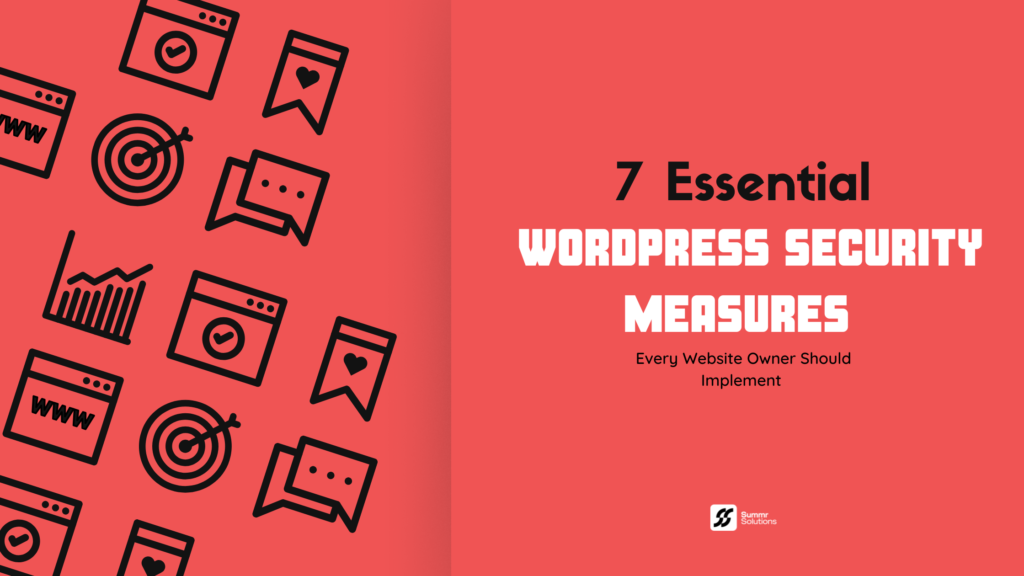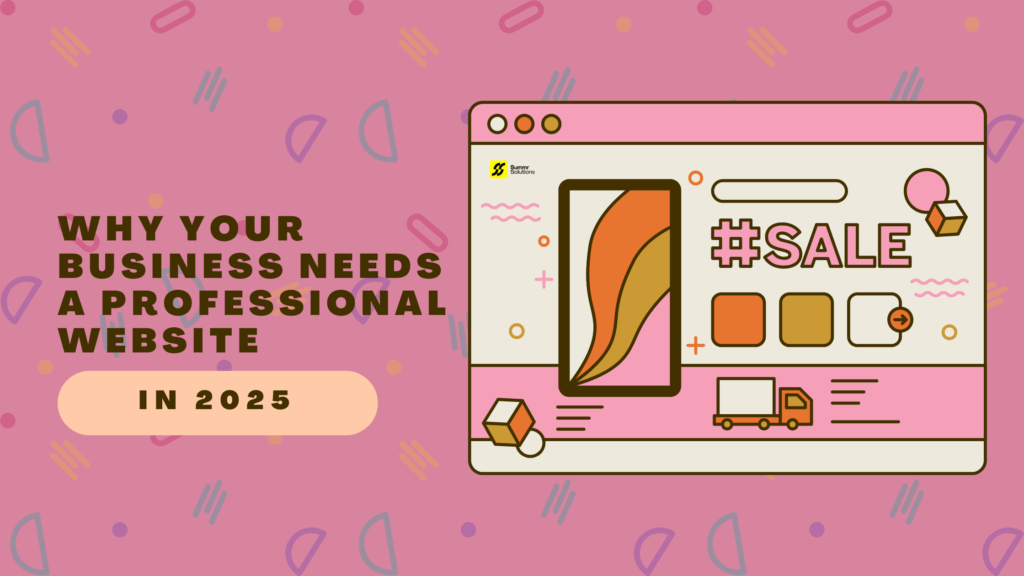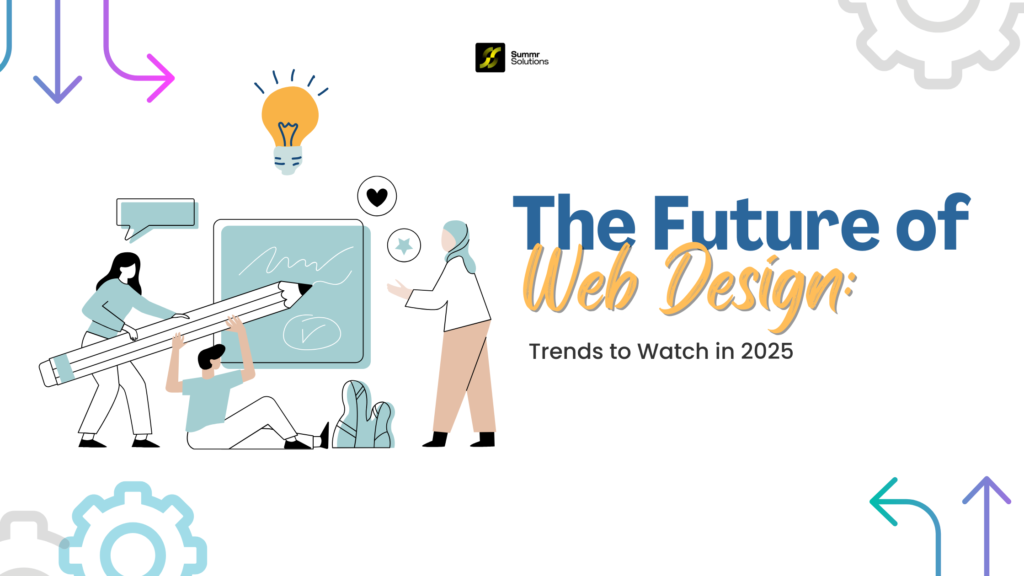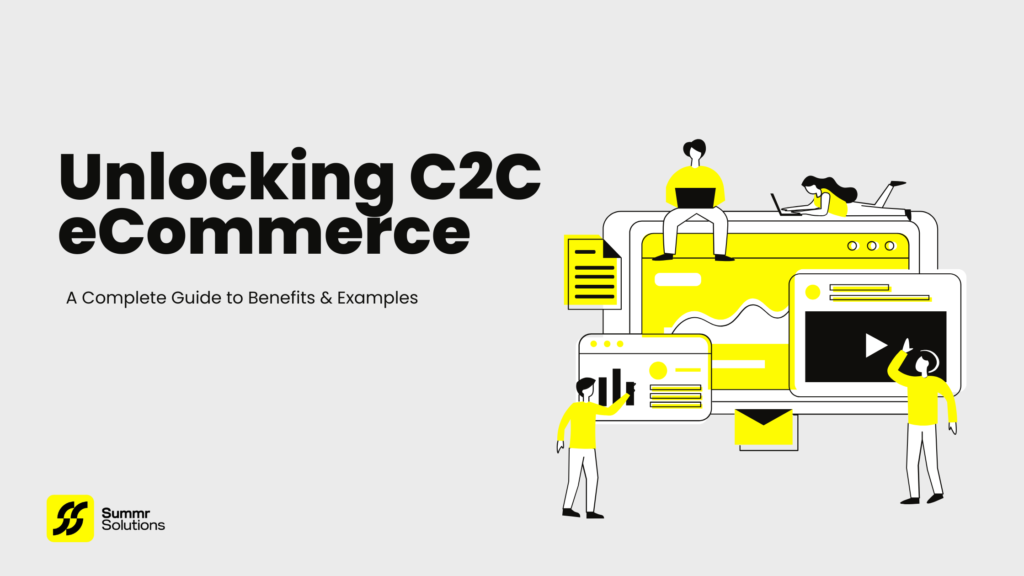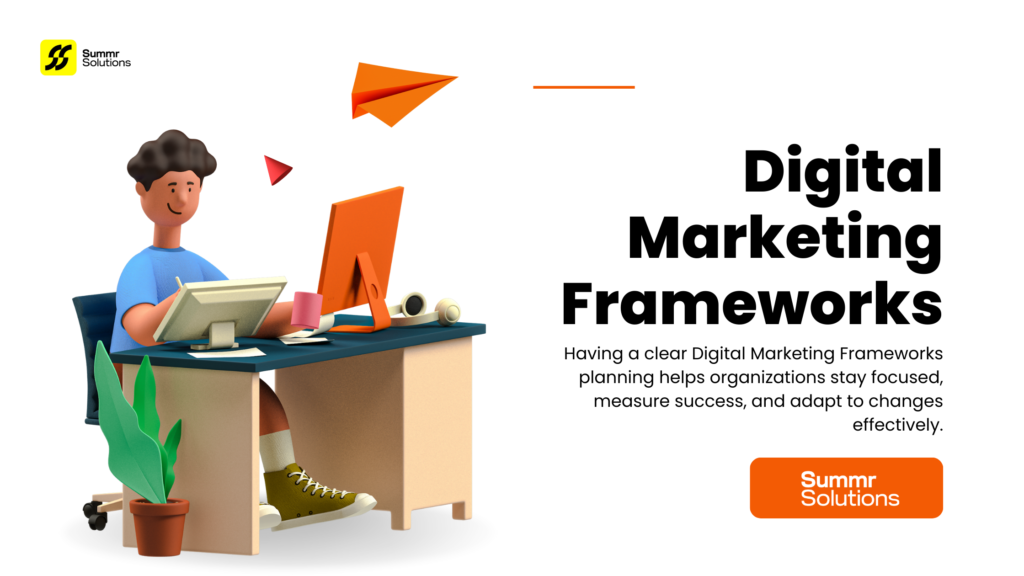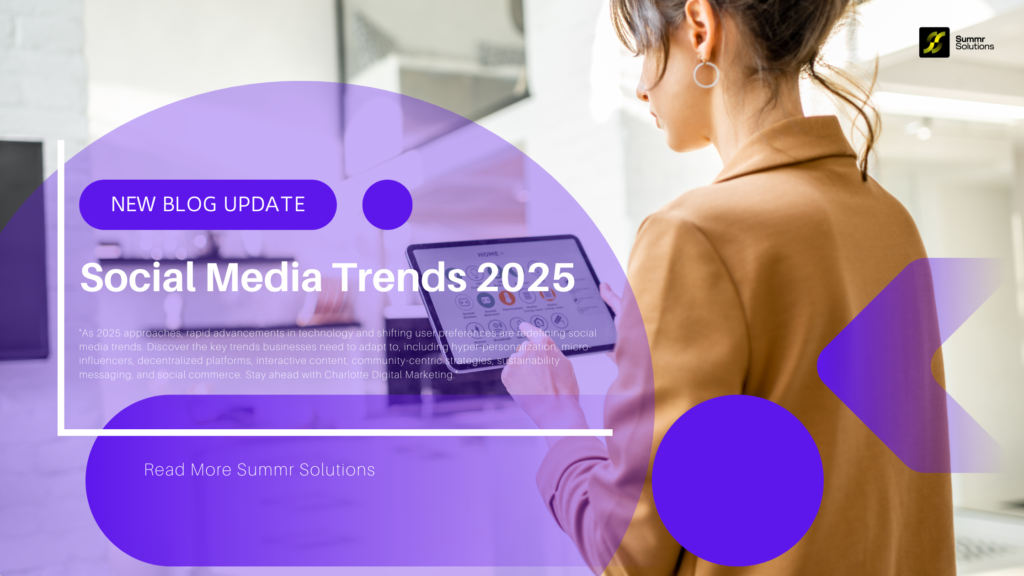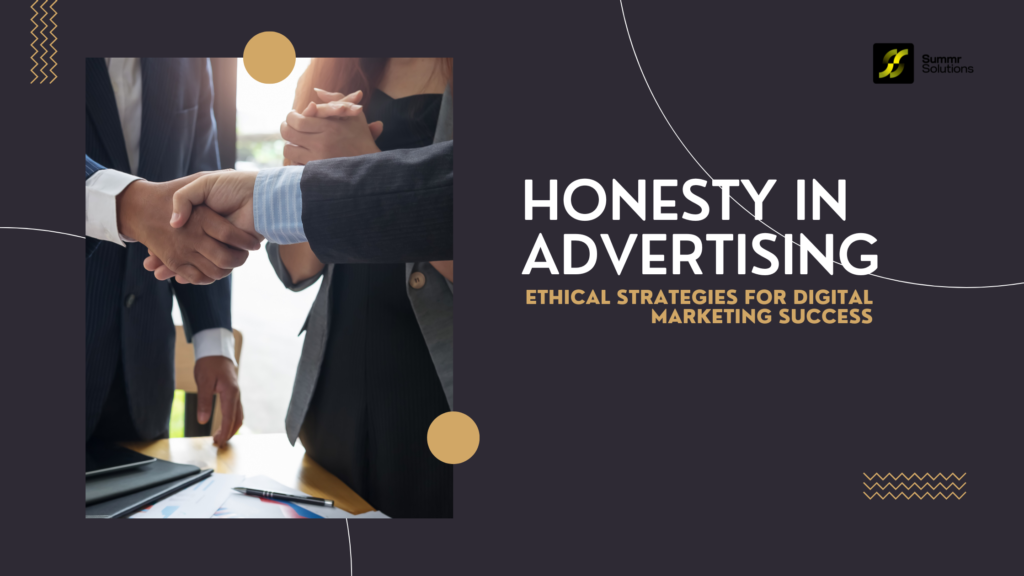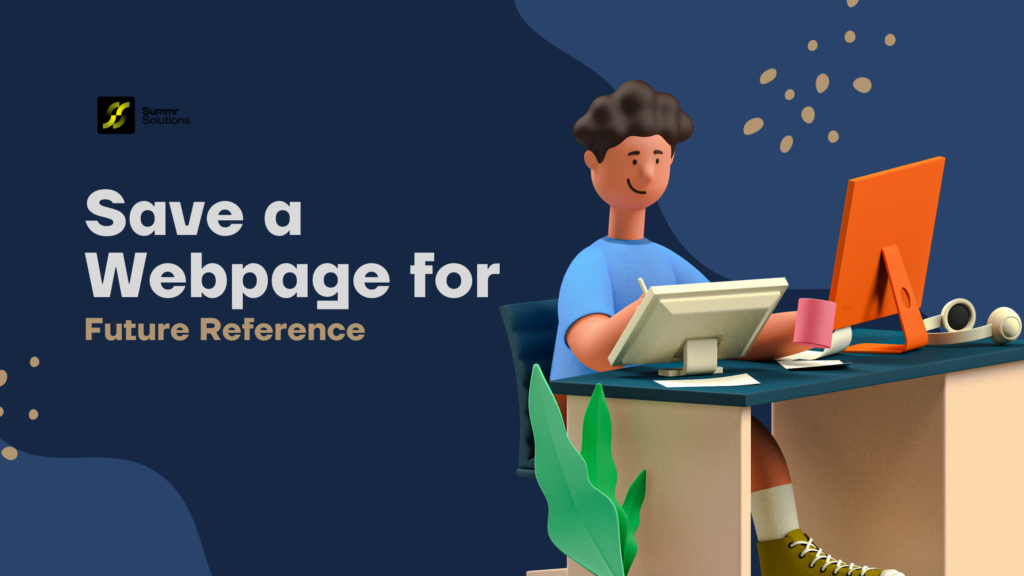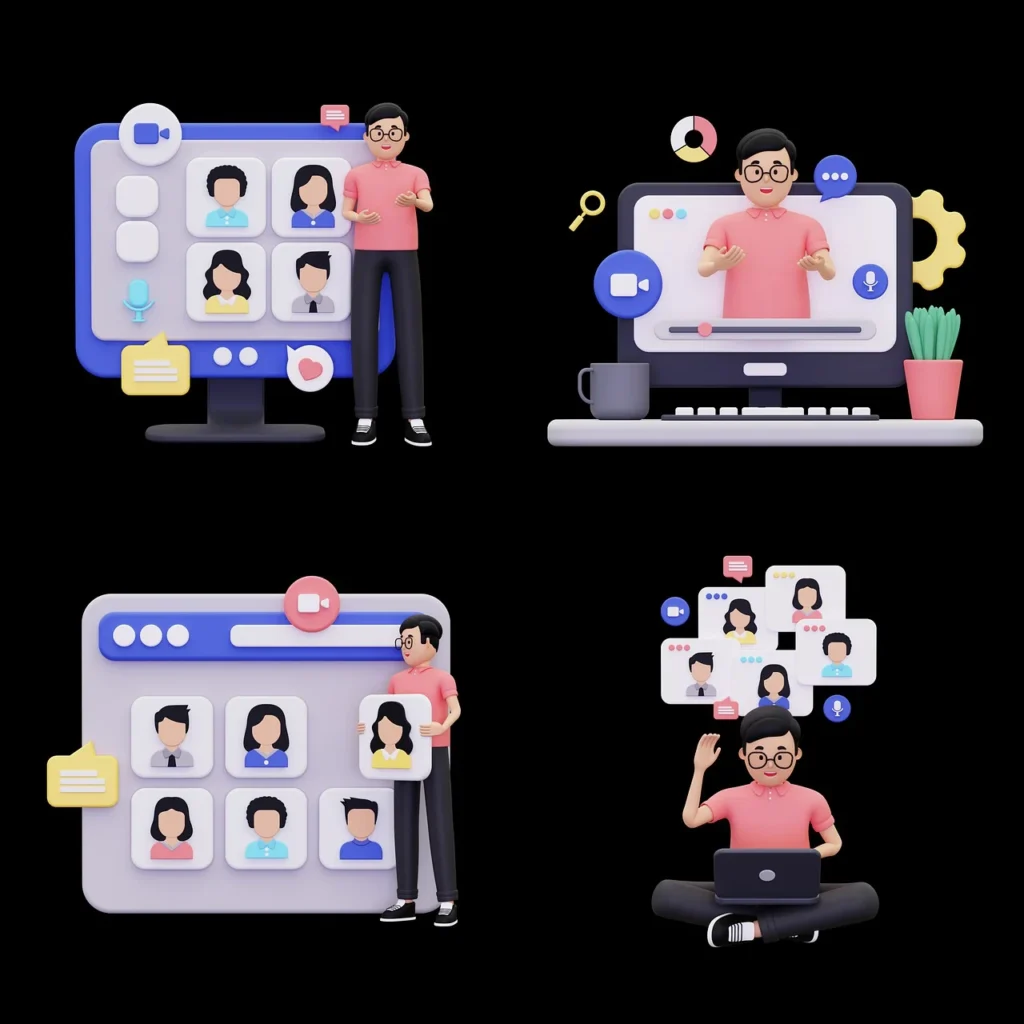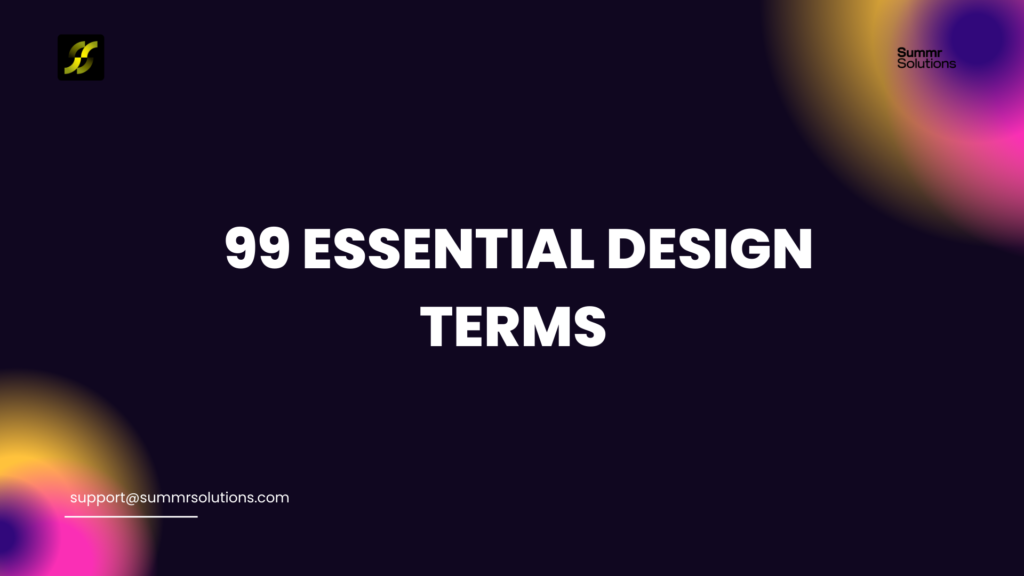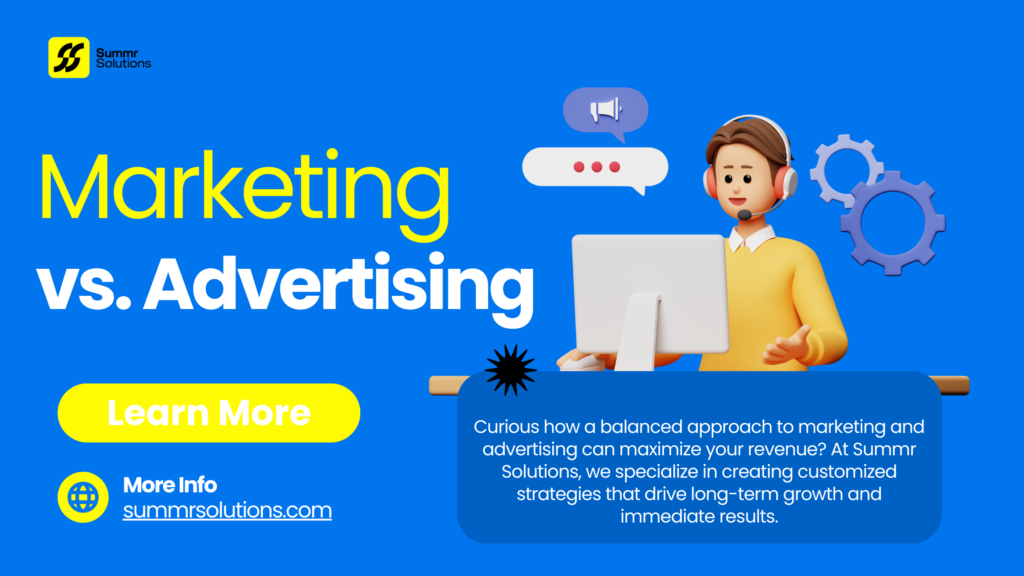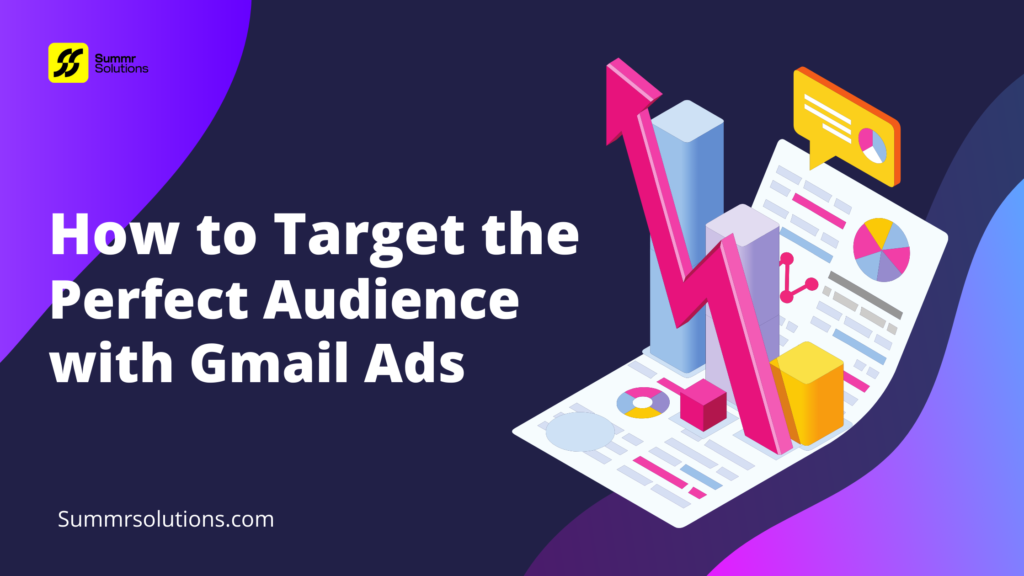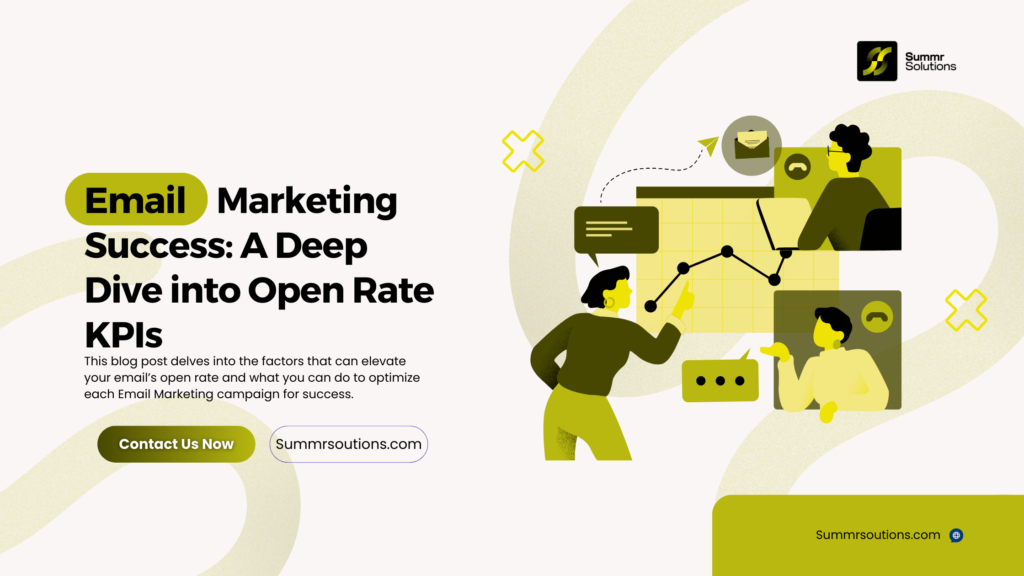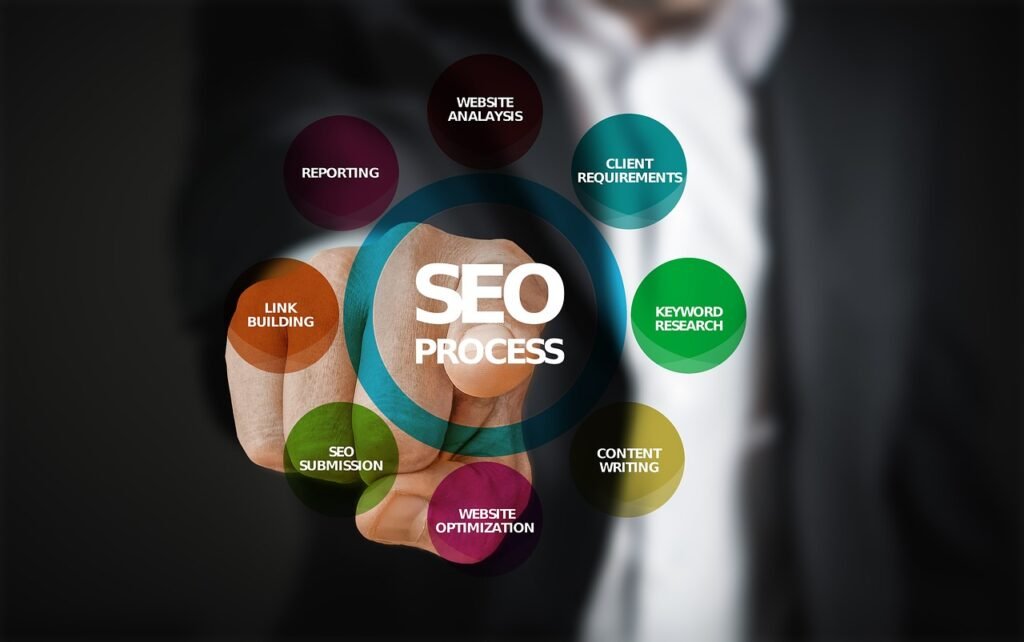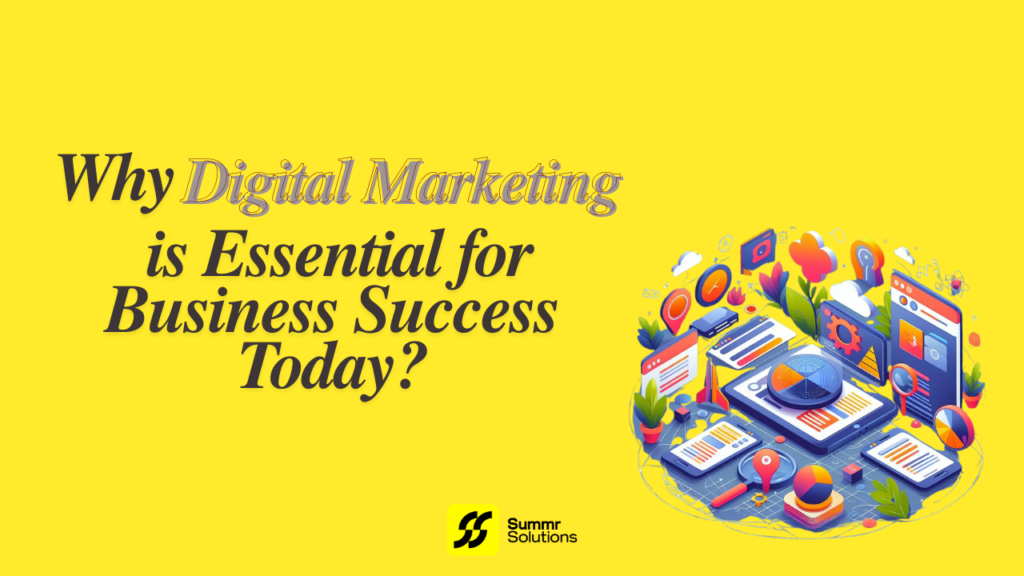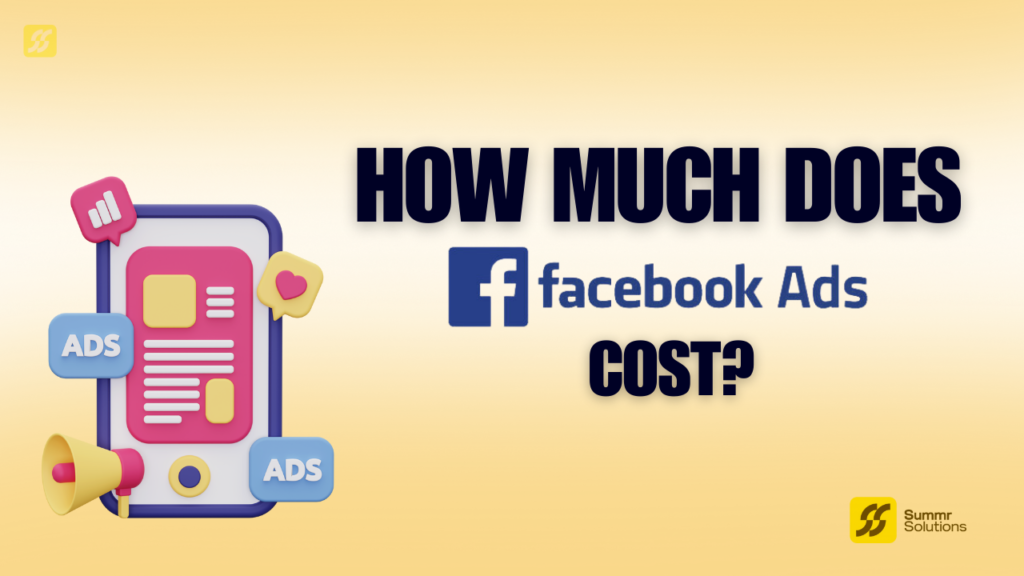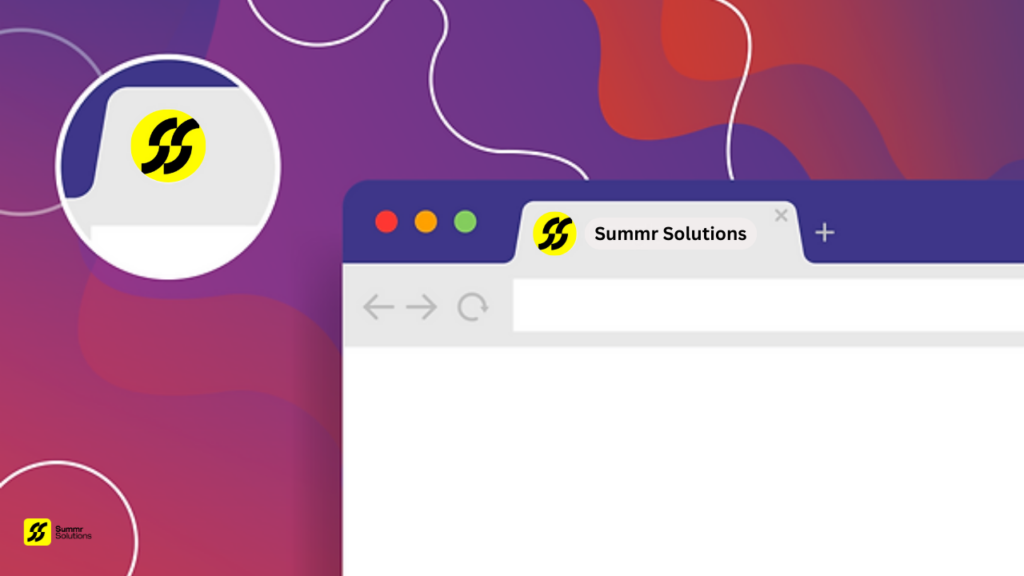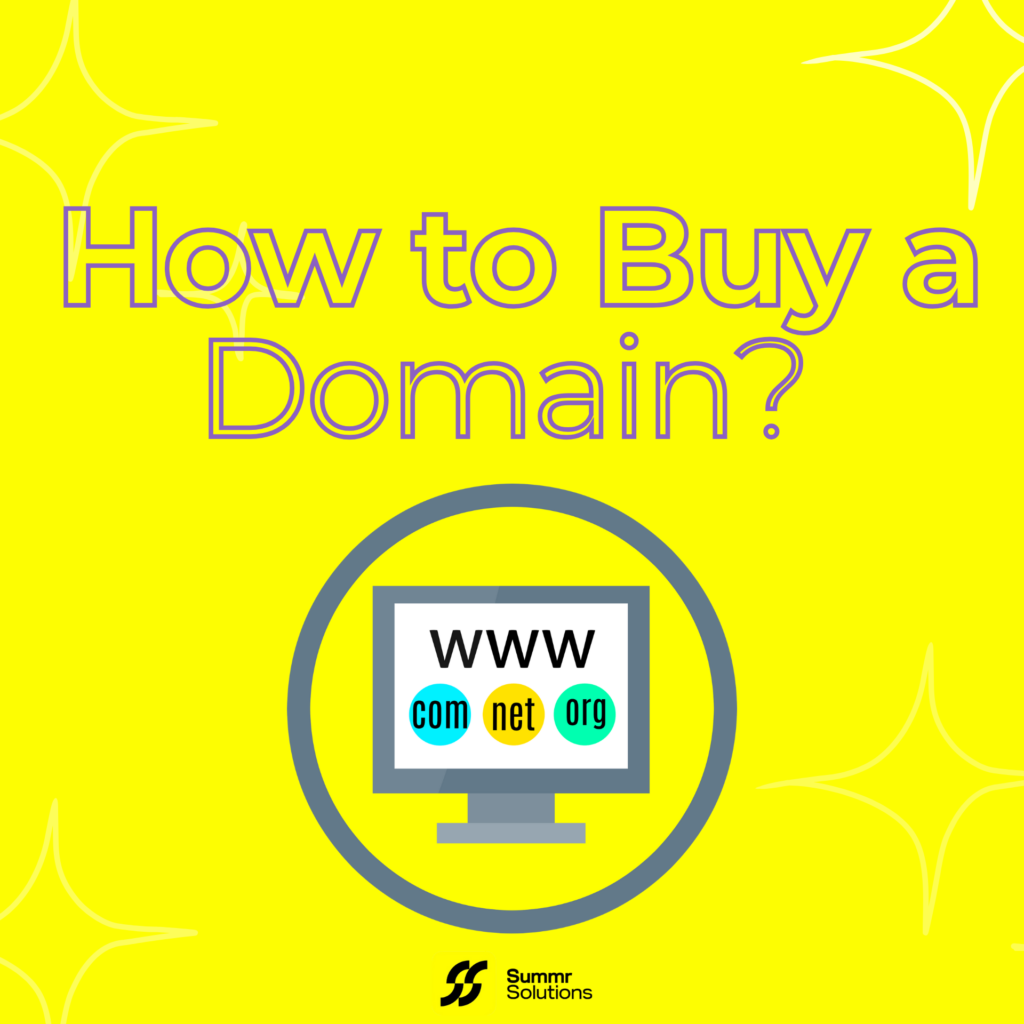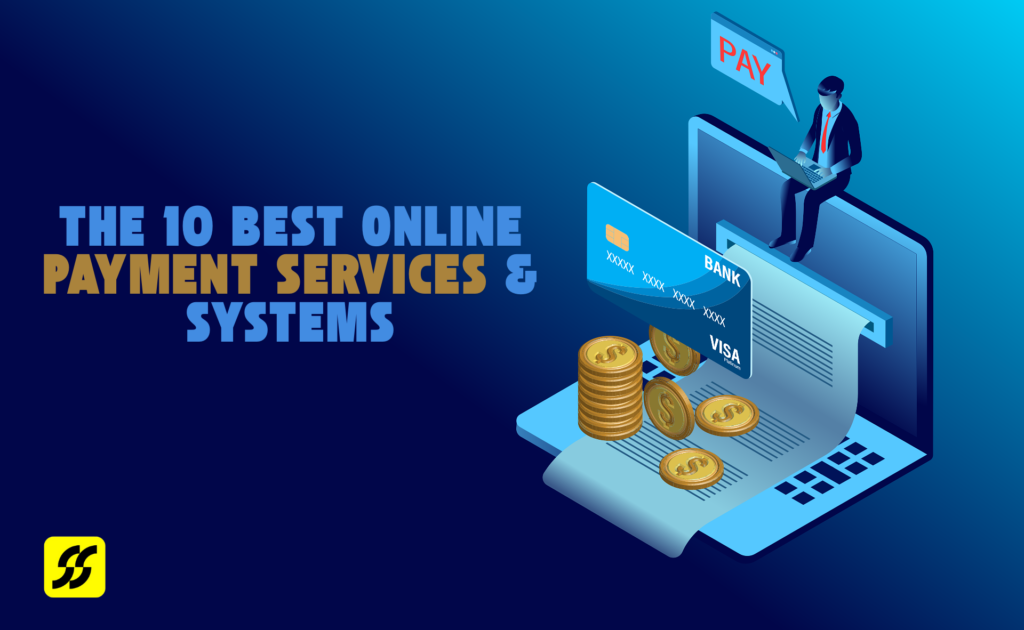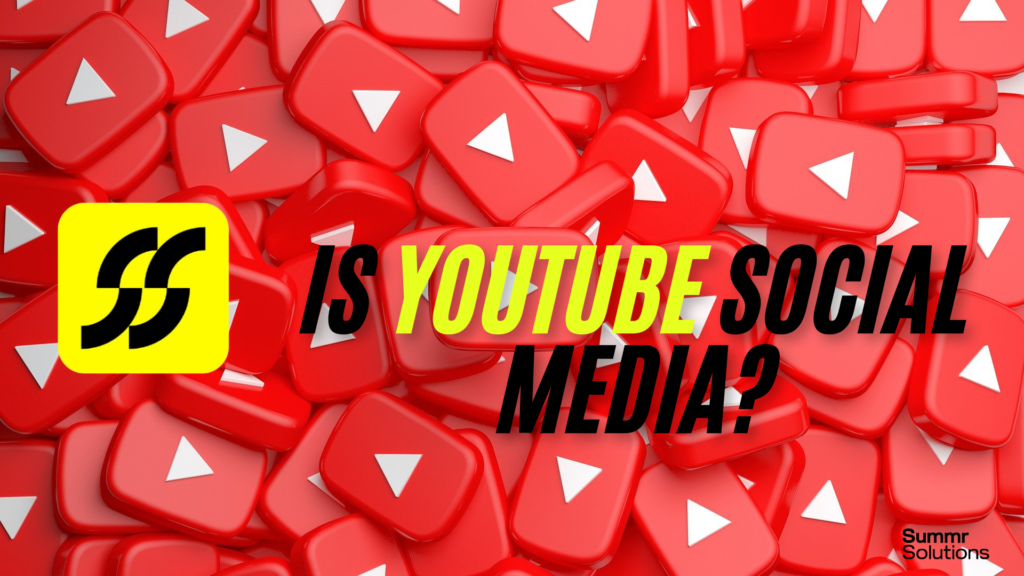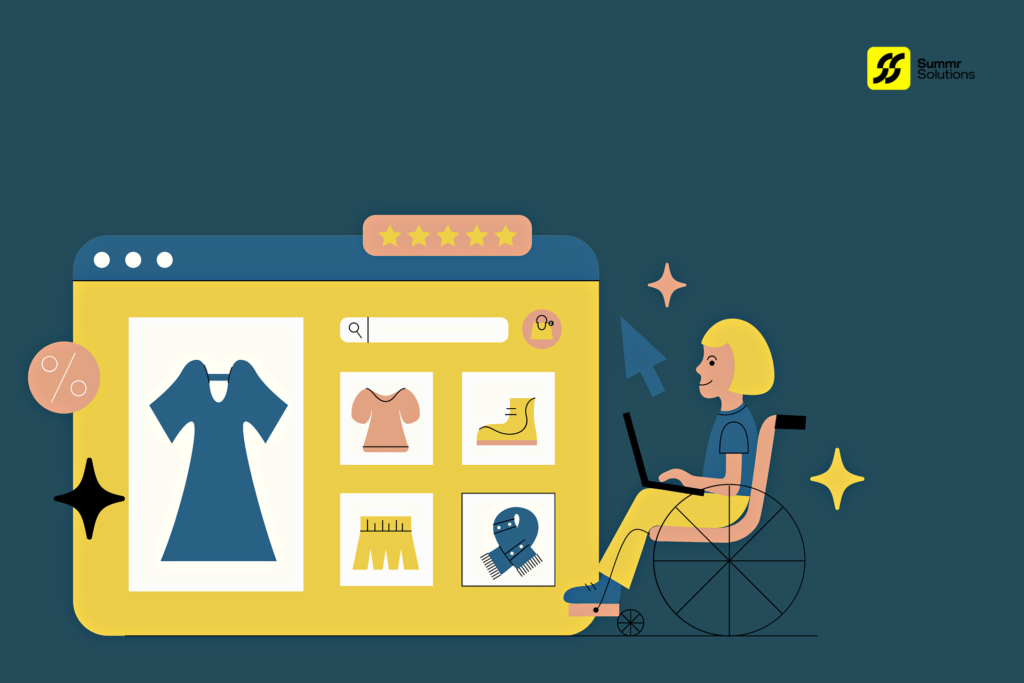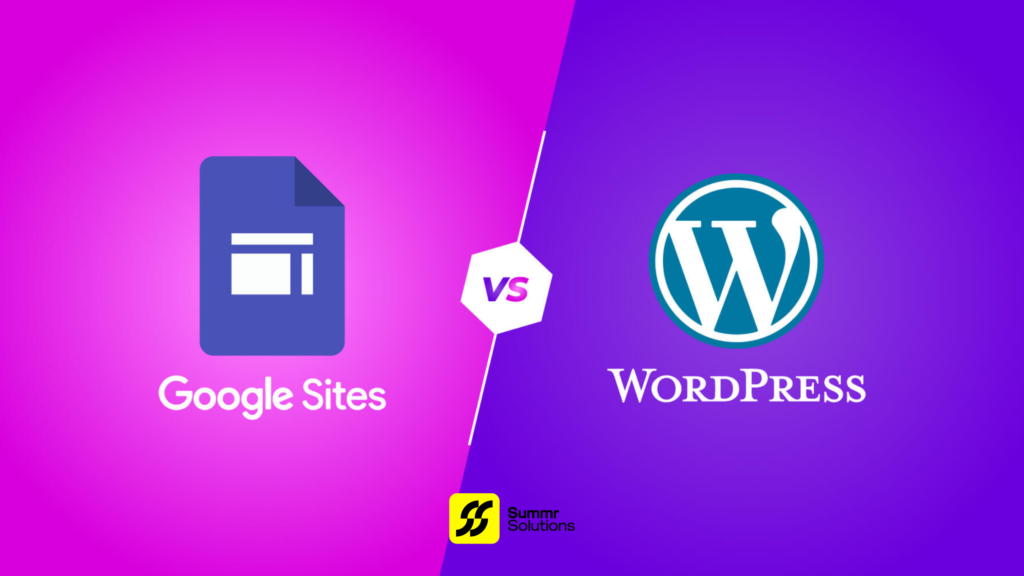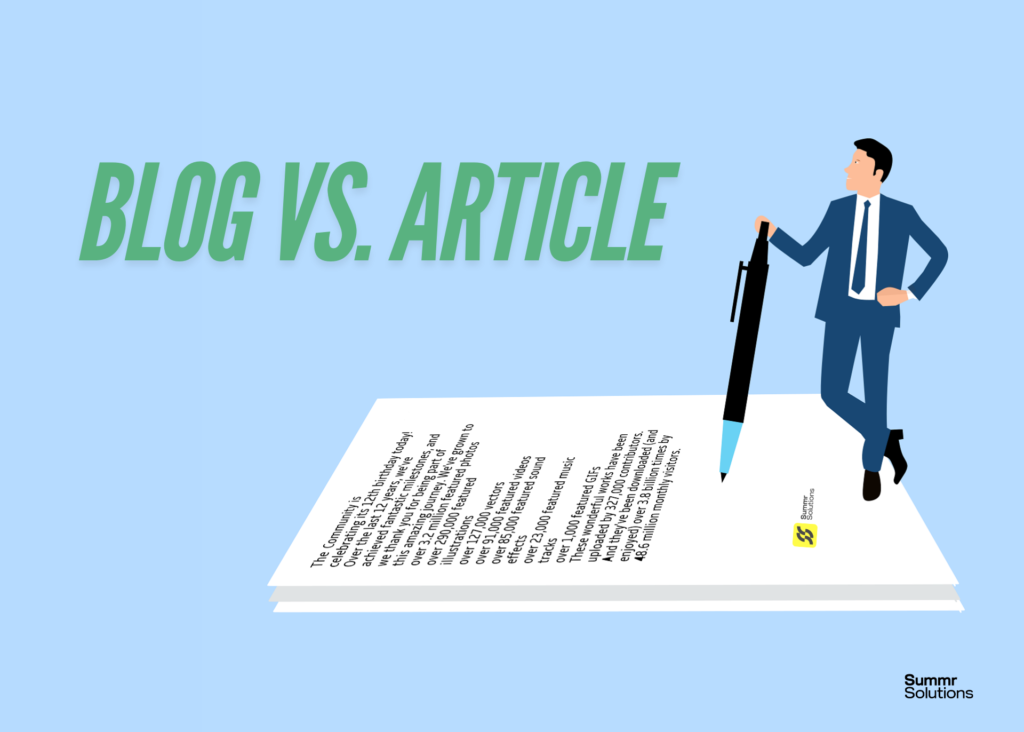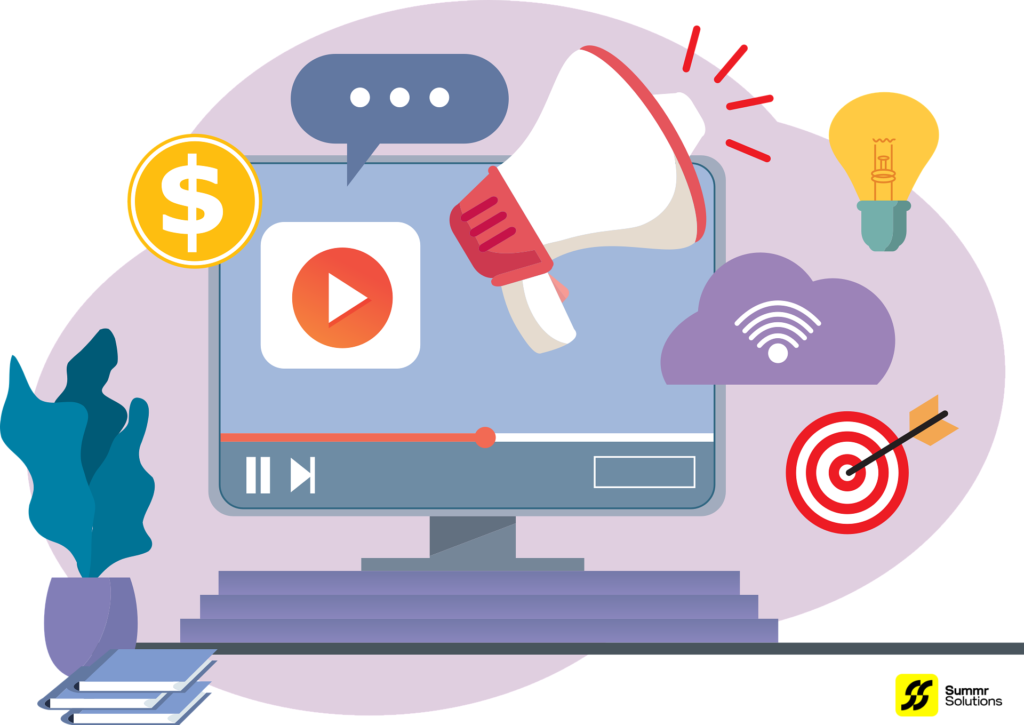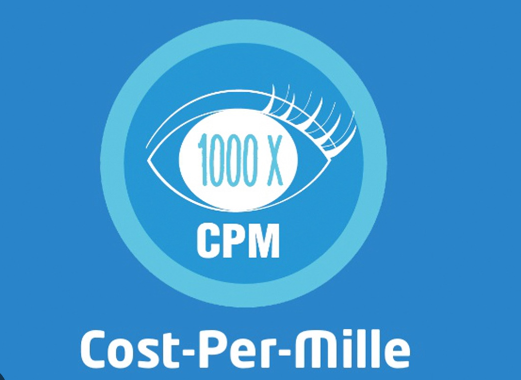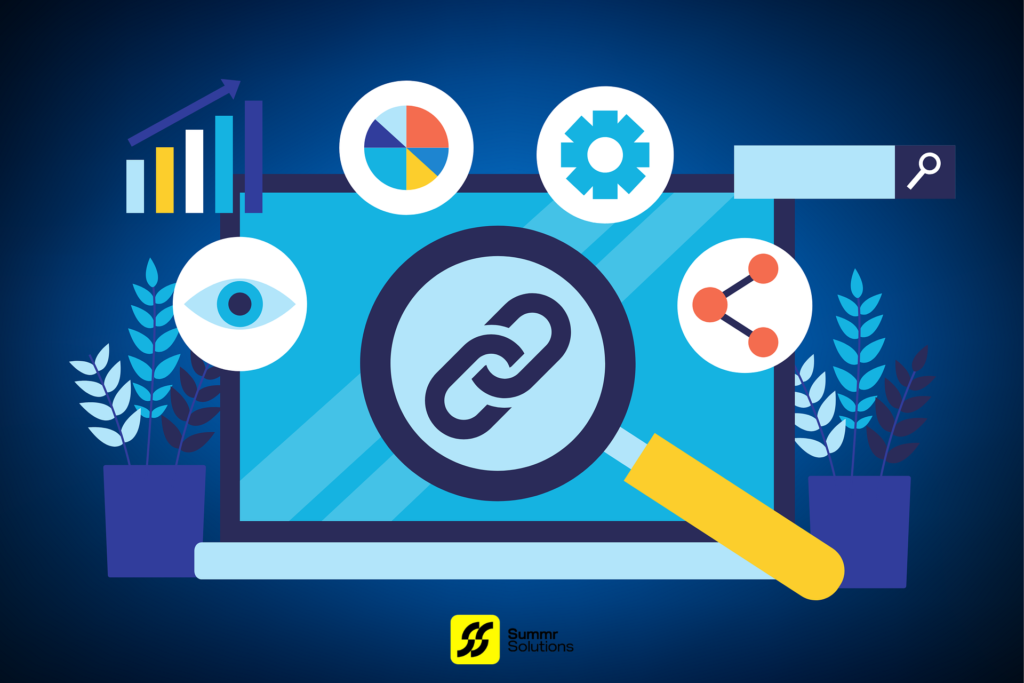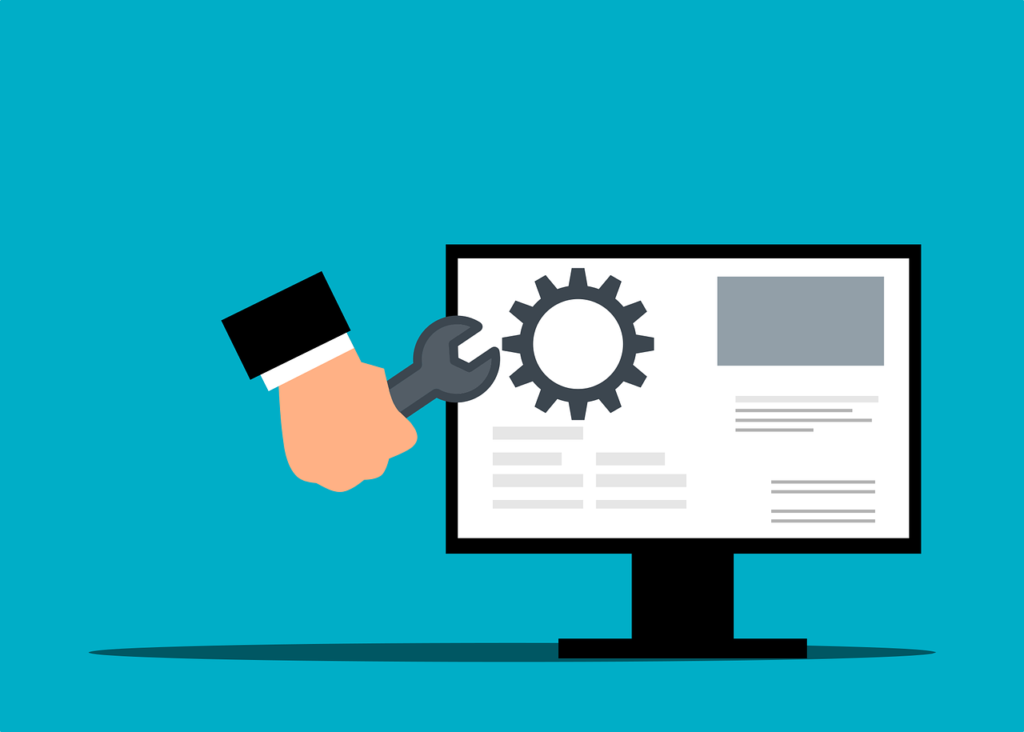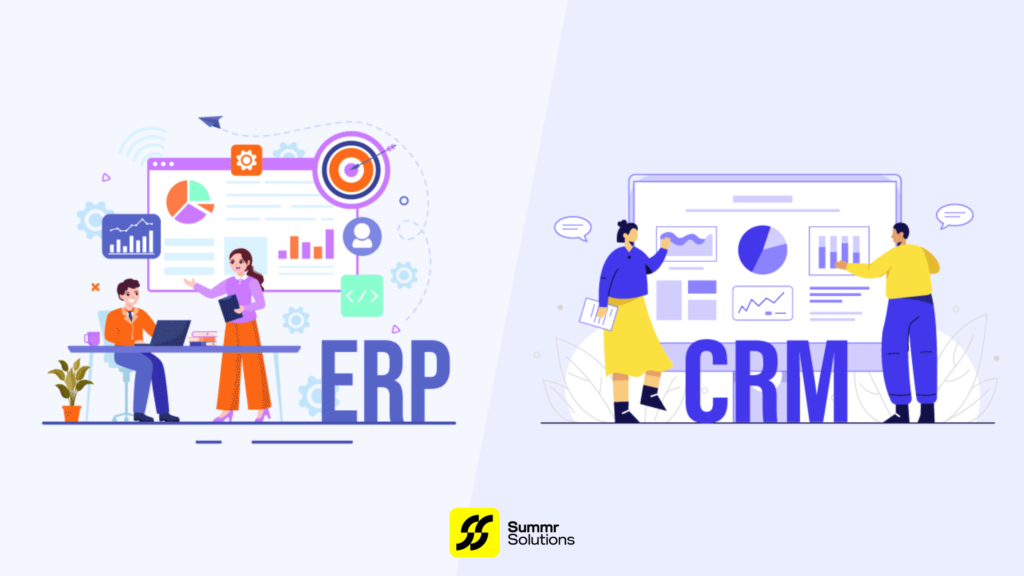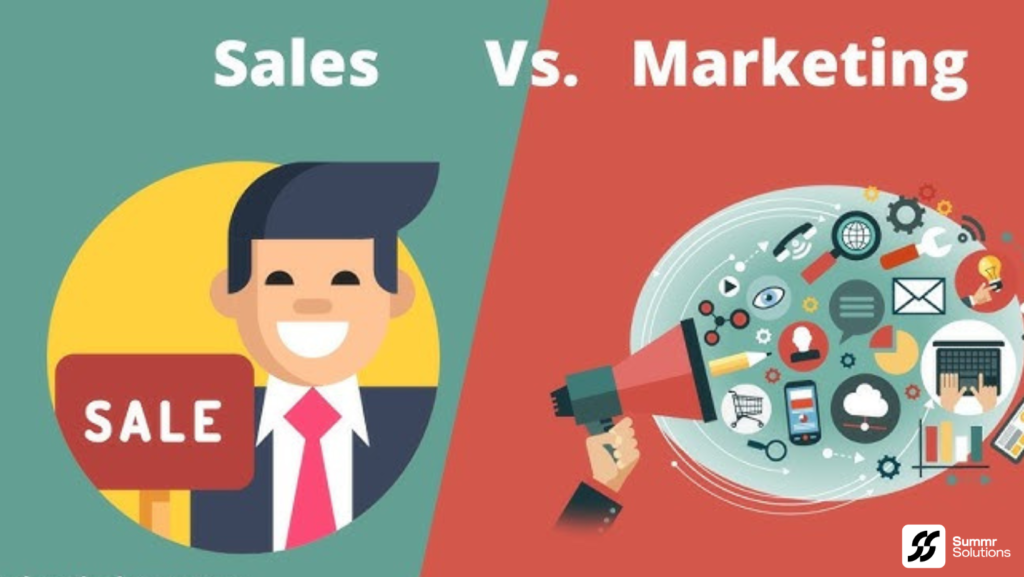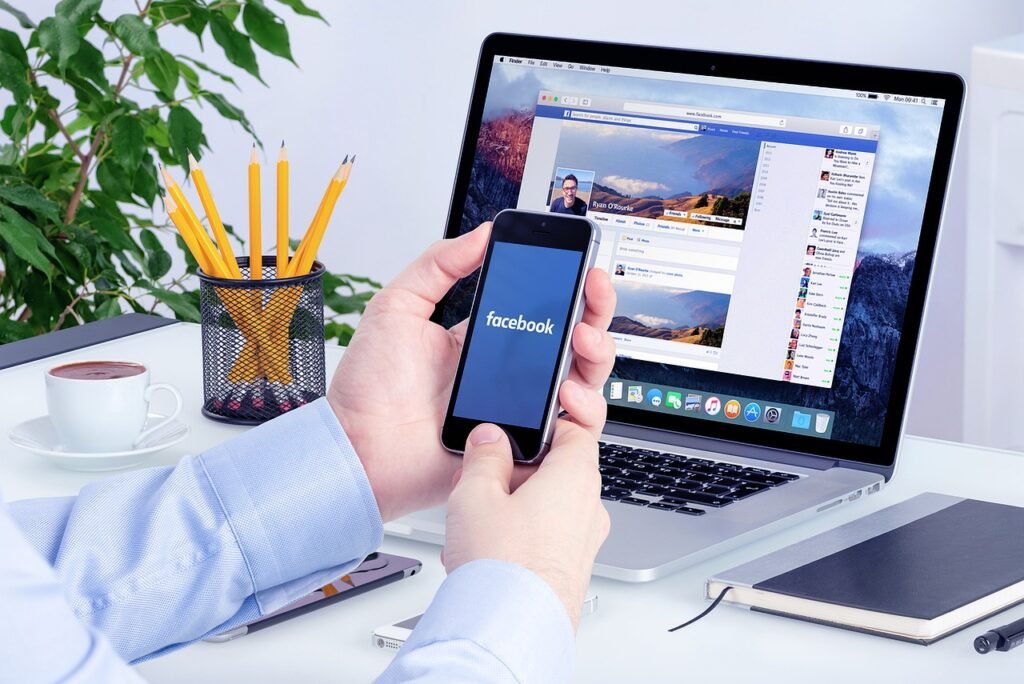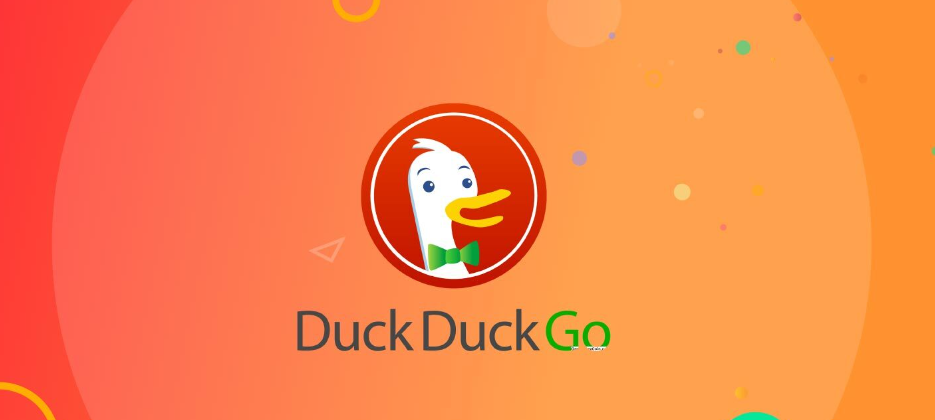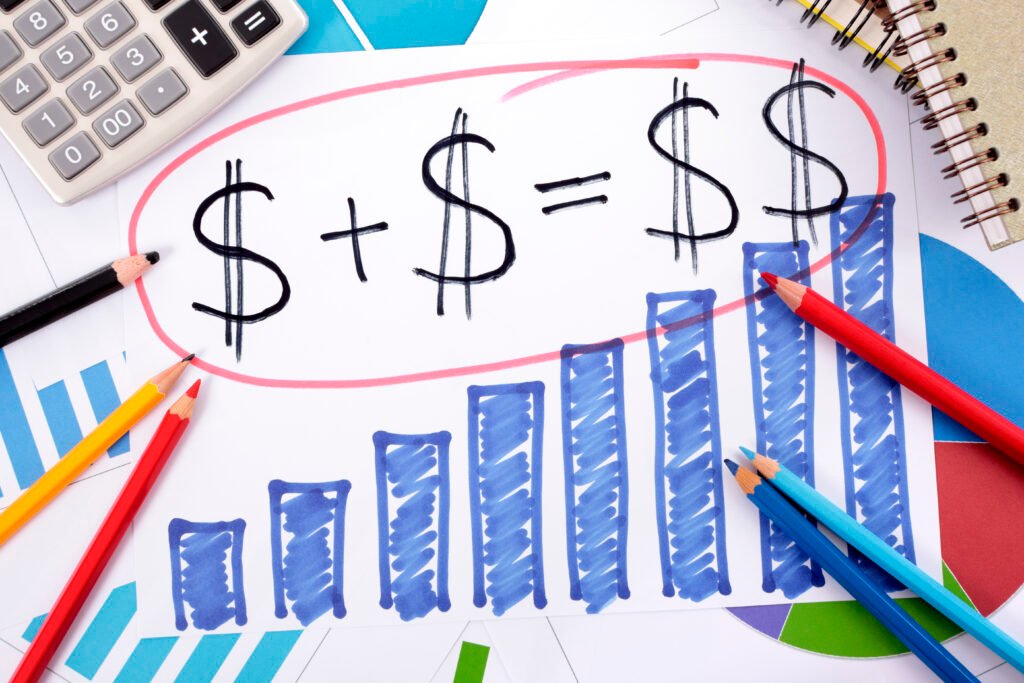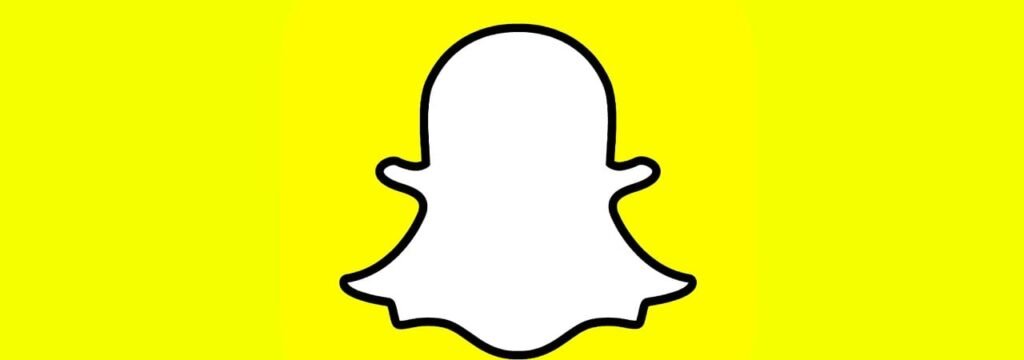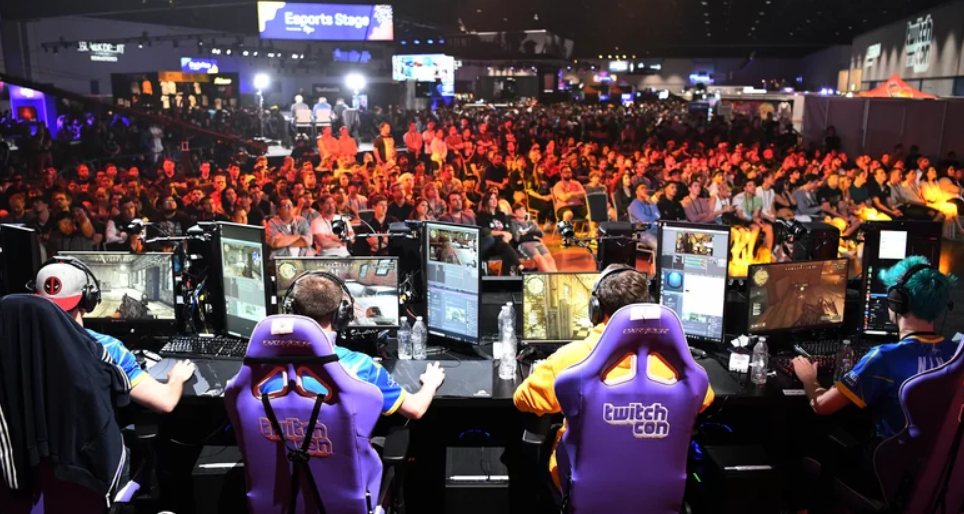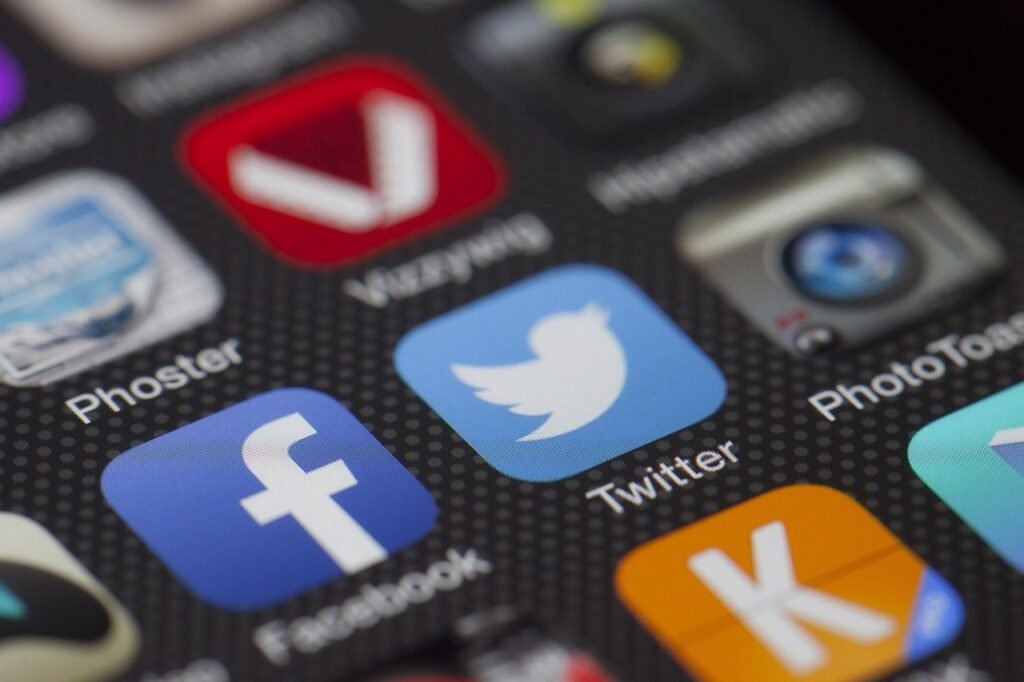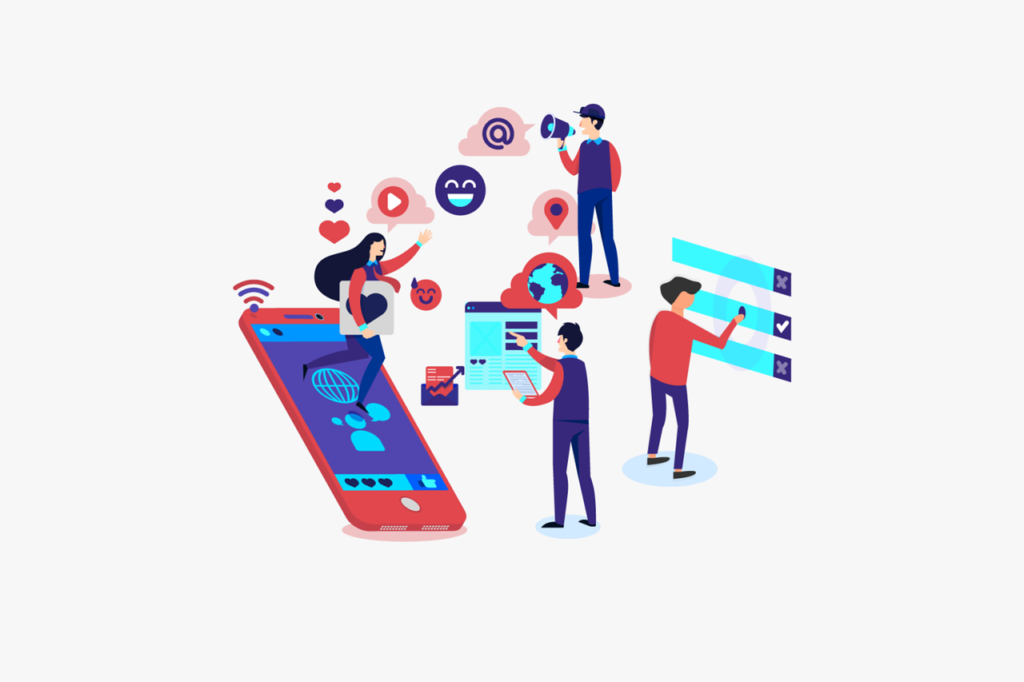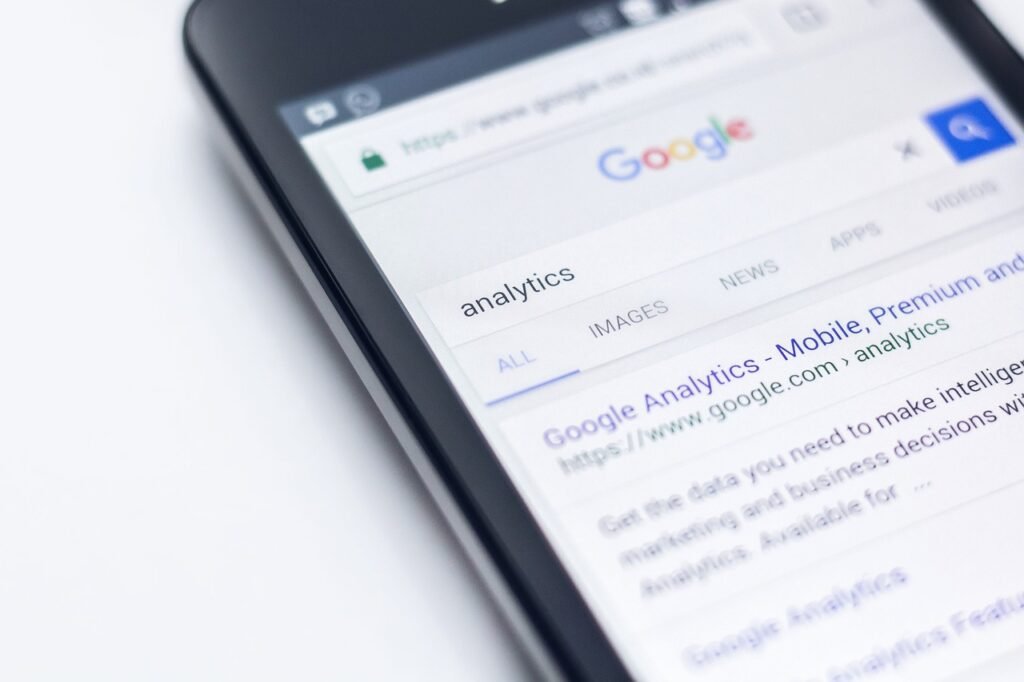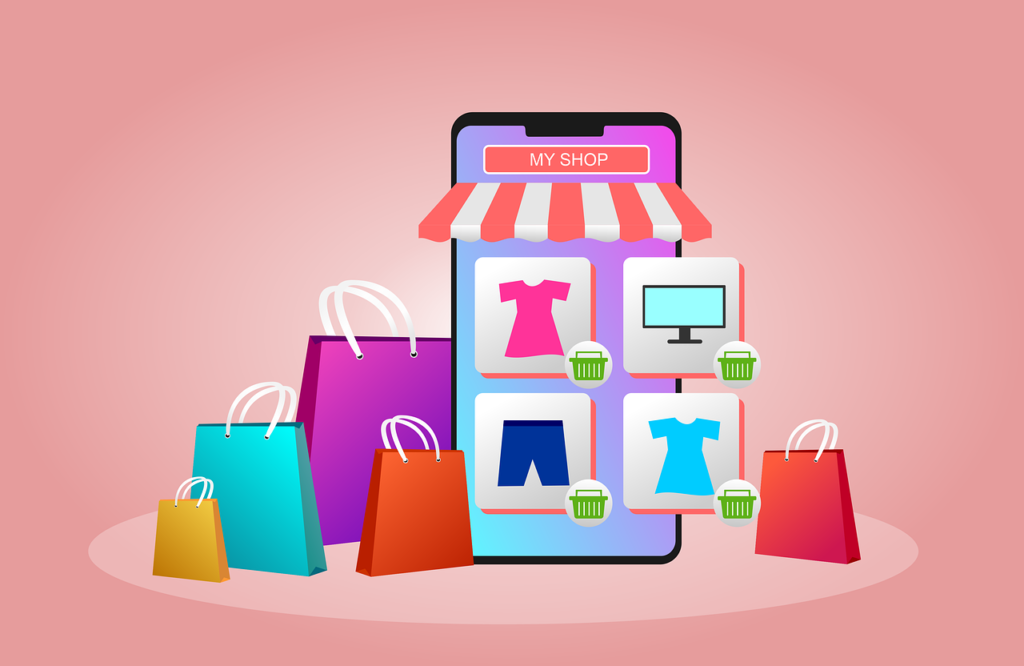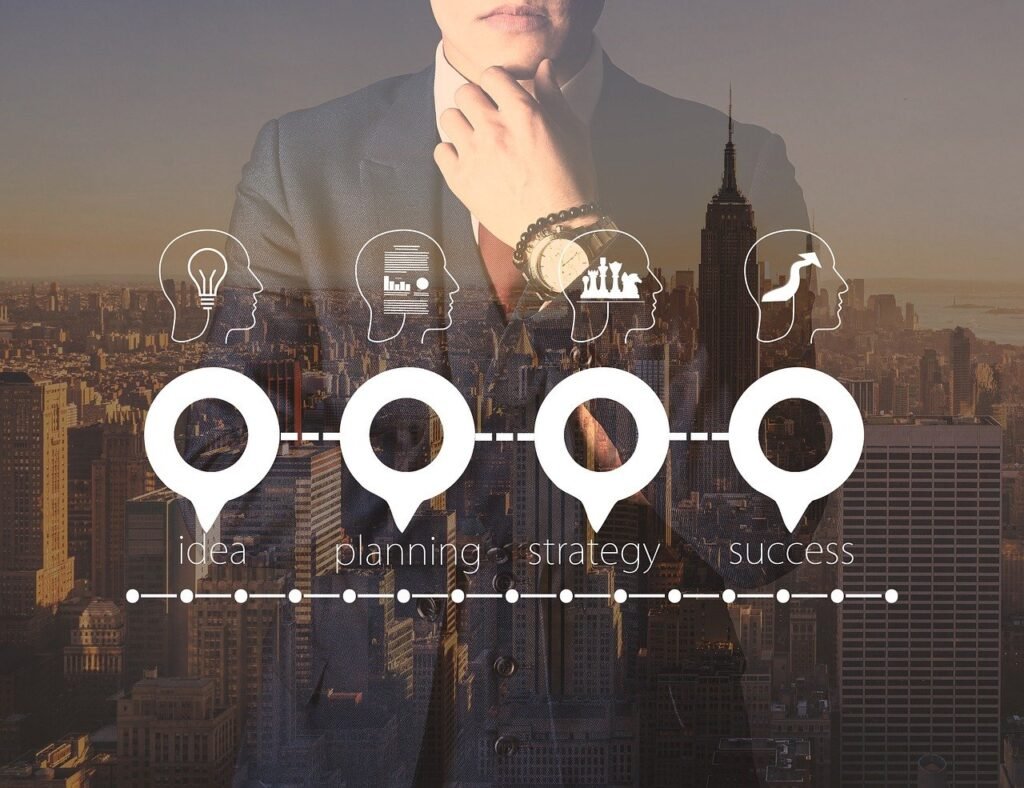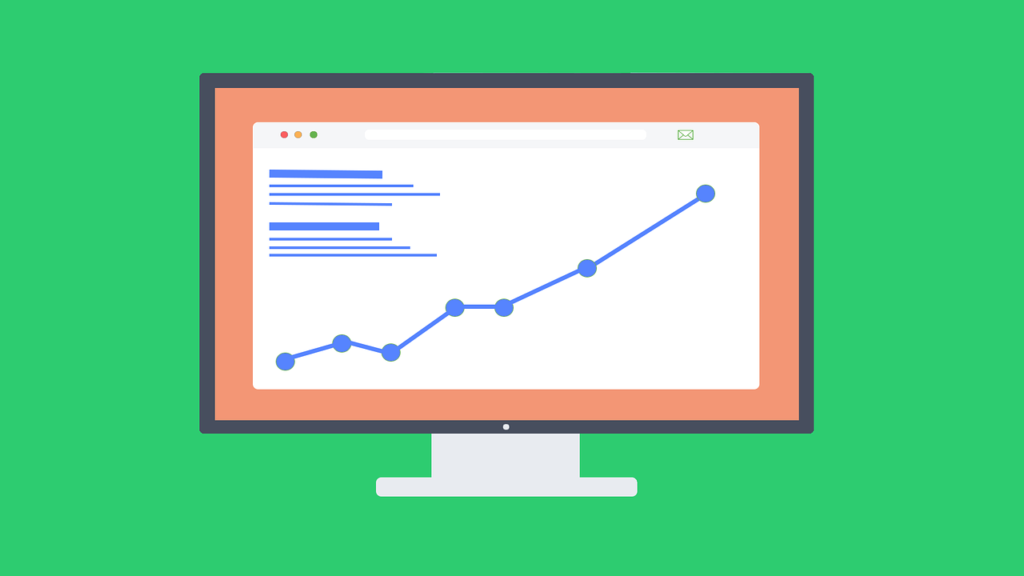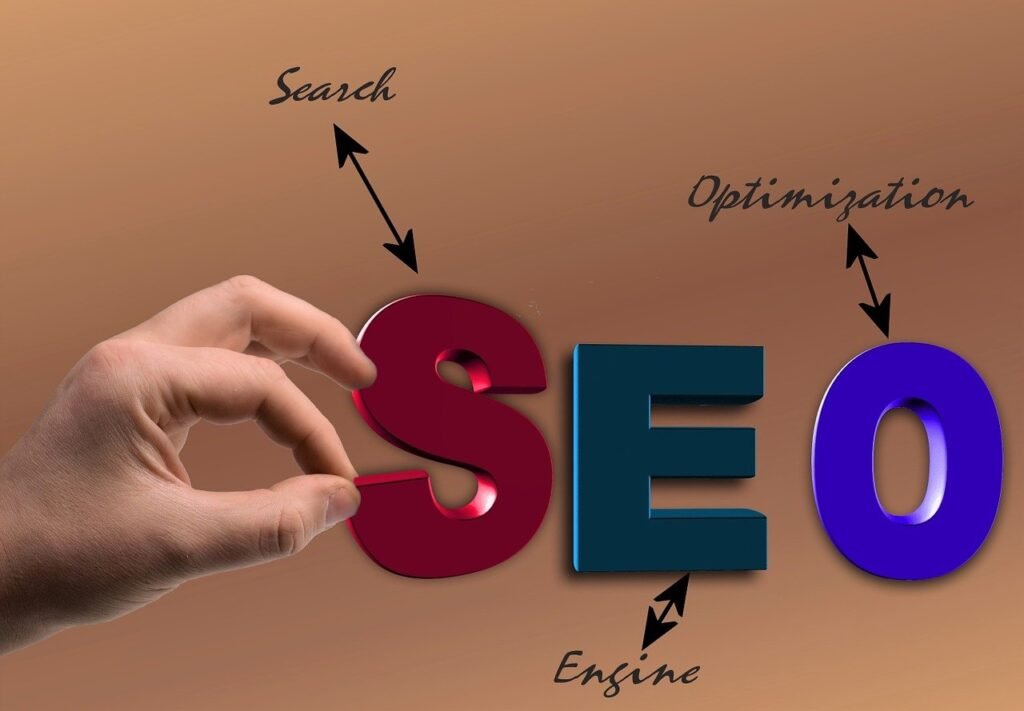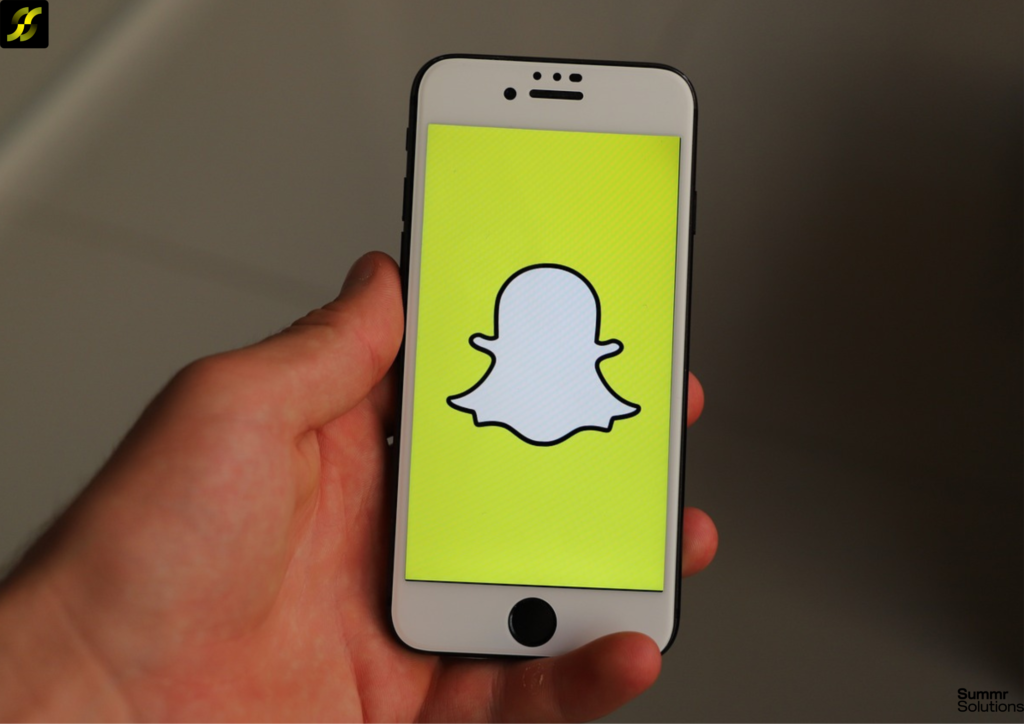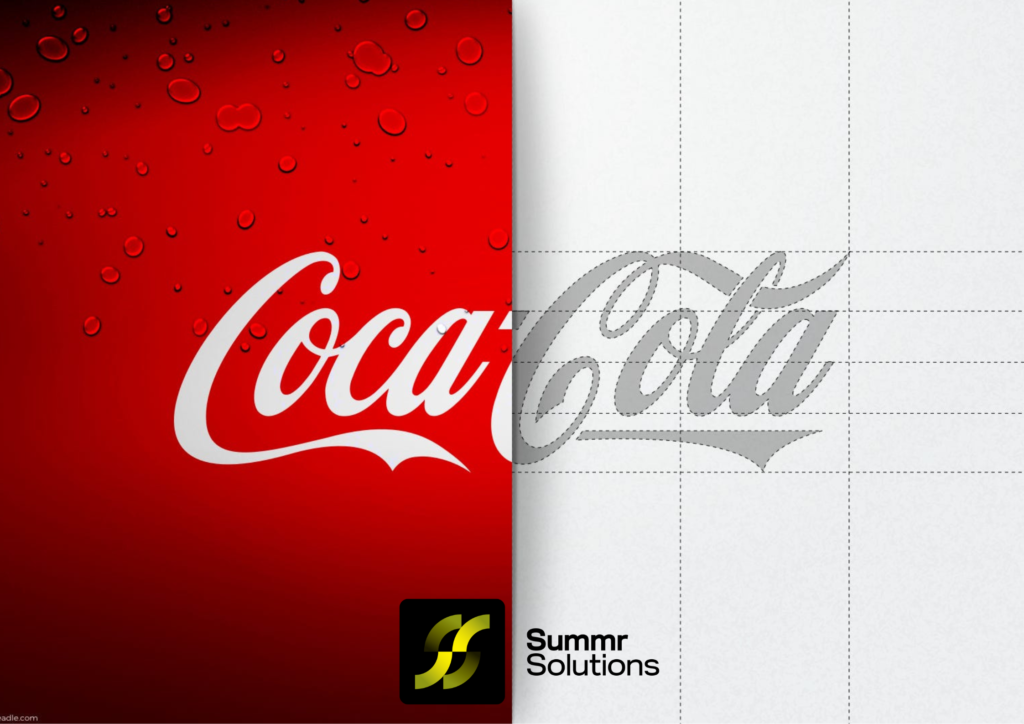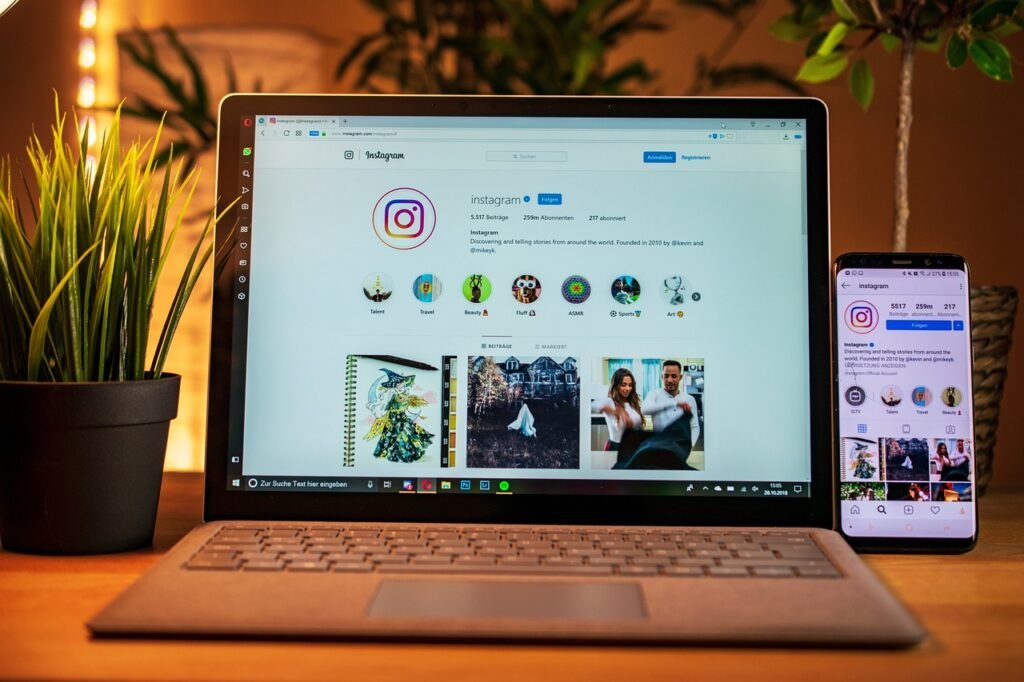With over 2.9 billion active users, Facebook continues to be a powerful platform for digital advertising. Its advanced targeting options, diverse ad formats, and detailed analytics make it an attractive choice for businesses of all sizes. However, understanding Facebook ad costs can be challenging since the platform uses a bidding model that fluctuates based on various factors. In this article, we’ll explore the latest insights intoFacebook Advertising Cost and break down the elements that influence pricing, helping you make informed decisions for your ad budget.
Why Businesses Advertise on Social Media
Social media advertising, and Facebook advertising in particular, enables businesses to reach a vast, highly engaged audience. By leveraging social platforms, companies can engage users through visually appealing ads, target audiences based on detailed demographic and behavioral data, and foster direct connections with potential customers. Moreover, social media ads drive immediate, trackable results. They enable A/B testing, rapid optimization, and detailed analytics, making them a cost-effective option for many businesses.
Curious if Facebook Advertising Costt is the right choice for your business? Contact us for a personalized consultation to learn how social media ads can help you meet your goals!
Average Facebook Advertising Costs in 2024
The Facebook Advertising Cost is highly variable. However, based on recent industry trends and data from 2024, here’s a general breakdown of the average costs:
- Cost per Click (CPC): Ranges from $0.50 to $2.50, depending on the industry, audience, and competition.
- Cost per Thousand Impressions (CPM): Averaging between $8 to $15. Some sectors, such as finance or technology, may see CPMs as high as $25 or more.
- Cost per Lead (CPL): Generally falls between $5 to $30, though certain industries with high competition, such as insurance or finance, may experience higher CPLs.
These averages provide a benchmark but vary widely. Smaller businesses may find it more cost-effective to set a modest daily budget and optimize targeting to get the most out of their ad spend.
Factors Influencing Facebook Advertising Costs
Facebook’s advertising costs are dynamic, influenced by a variety of elements, including:
- Audience Targeting: The specificity of your targeting significantly affects costs. Broader audiences often have lower CPCs, while highly defined, niche audiences (based on demographics, behaviors, or interests) tend to be more expensive due to increased competition.
- Ad Placement: Facebook offers multiple placement options, including Feed, Stories, Messenger, and Audience Network. While placements within Facebook’s Feed are popular, they may be pricier than less competitive placements, such as Stories or the Audience Network.
- Objective and Optimization Goals: Facebook allows advertisers to choose objectives like brand awareness, lead generation, or conversions. Goals focused on direct conversions or lead generation generally have higher costs since they’re geared towards specific actions from users.
- Time of Year: Advertising costs often peak during certain times, such as holidays or big shopping events (e.g., Black Friday). During these times, competition increases, leading to higher CPCs and CPMs.
- Ad Quality and Relevance Score: Facebook rates each ad based on user engagement and relevance, rewarding higher-quality ads with lower costs. Ads with higher engagement rates (clicks, likes, comments) and positive feedback will have a higher relevance score, which can lower costs.
- Industry: The sector you’re advertising in affects pricing. Competitive industries (like finance or technology) generally see higher ad costs than those with less competition.
- Ad Format: Facebook provides multiple ad formats—single images, carousels, videos, and collections. Video ads often have lower CPCs but require more resources to produce, while carousel ads can drive higher engagement, sometimes lowering CPCs.
Tip: To maximize your ad spend, consider experimenting with different ad formats, audiences, and placements to identify which combinations yield the best results at the lowest cost.
Ways to Optimize Your Facebook Ad Spend in 2024
- Refine Your Targeting: Narrow down your audience by interests, demographics, or behaviors. You can create Lookalike Audiences, which help you target users similar to your current customers, increasing conversion rates and reducing ad costs.
- Use Retargeting Campaigns: Retargeting allows you to engage users who have already shown interest in your business, whether by visiting your website or engaging with your content. Retargeting campaigns tend to have higher conversion rates and lower CPLs.
- Experiment with Different Ad Formats: Video ads and carousel ads often drive higher engagement, which can improve your relevance score and lower your costs. Experiment with different formats to discover which resonates most with your audience.
- Optimize for Mobile: Given that a significant portion of Facebook users access the platform on mobile devices, ensure that your ads are mobile-optimized. This includes using vertical or square video formats and concise, engaging text.
- A/B Test Your Ads: Regularly test different versions of your ad creatives, targeting options, and placements. Testing helps you understand which combinations perform best, allowing you to optimize for lower costs and better results.
Looking for expert guidance? Get in touch with our team to explore customized Facebook ad strategies designed to maximize your ROI.
Facebook Ads vs. Other Platforms in 2024
While Facebook continues to be a popular choice for social media advertising, other platforms may offer competitive advantages depending on your target audience and objectives.
- Instagram: Facebook’s sister platform is particularly effective for visually driven industries (like fashion or food) and younger demographics. Costs are often slightly higher than Facebook, but engagement rates are typically stronger.
- TikTok: Known for reaching a younger audience, TikTok’s ad platform has been growing rapidly. It’s ideal for brands aiming to create viral content and connect with Gen Z.
- LinkedIn: A better fit for B2B companies, LinkedIn’s ads are more expensive but can be highly effective for reaching professionals and decision-makers.
- Google Ads: For businesses focused on search intent, Google Ads offers direct targeting through search queries. Although it can be pricier than Facebook for some keywords, it remains effective for certain businesses, especially in e-commerce or service-based sectors.
Not sure which platform fits your business best? Contact our specialists to learn more about multi-platform advertising strategies!
2024 Facebook Advertising Cost Benchmarks by Industry
To further refine your ad budget, here are some industry-specific cost benchmarks for Facebook advertising:
- Retail & E-commerce: $0.70 – $2.00 CPC | $10 – $12 CPM
- Finance: $2.00 – $4.50 CPC | $20 – $25 CPM
- Travel & Hospitality: $1.00 – $2.50 CPC | $12 – $15 CPM
- Real Estate: $1.50 – $3.00 CPC | $15 – $18 CPM
- Healthcare: $1.25 – $3.00 CPC | $12 – $17 CPM
Keep in mind that these figures are averages, and actual costs may vary based on your targeting, ad quality, and competition.
Want to see how your industry fares? Contact us today for a customized ad budget analysis to make sure you’re making the most of your advertising dollars.
Conclusion
Facebook advertising cost remain dynamic, influenced by targeting, placement, industry, and timing. By understanding these factors and implementing cost-effective strategies, businesses can achieve a strong return on investment without overspending. Start by setting a clear budget, refining your audience, and regularly optimizing your campaigns to ensure you get the best results possible.
Ready to scale up your Facebook advertising? Reach out to our experts for customized solutions to take your ads to the next level!

